Travel Guide to the Mecklenburg Baltic Coast: 10 Best Things To Do & See
Best beaches and what to do around Kühlungsborn, Heiligendamm and Nienhagen’s GespensterwaldHoliday vibes in Northern Germany
In August 2024, we had the opportunity to visit the Baltic Coastline near Rostock in Northern Germany.
Sunshine, seaside resort architecture and beautiful beaches greeted us in the best possible way. We enjoyed bicycling around the countryside and walking in the spooky (but quite enchanting) Ghost Forest.
The Mecklenburg Baltic Coast (Mecklenburgische Ostseeküste) is only a short drive and a ferry away from our home in Copenhagen, and it’s the perfect spot for a relaxing getaway.
The whole area has a laid-back holiday vibe, with plenty to keep you busy. Experience the German Baltic Sea bathing culture with beach baskets, ride a historic steam train or get active biking and hiking through the serene landscapes.
In this travel guide, we’ll share the best things to do, how to get around, when to visit and share our best tips along the way. Los geht’s!
Table of contents

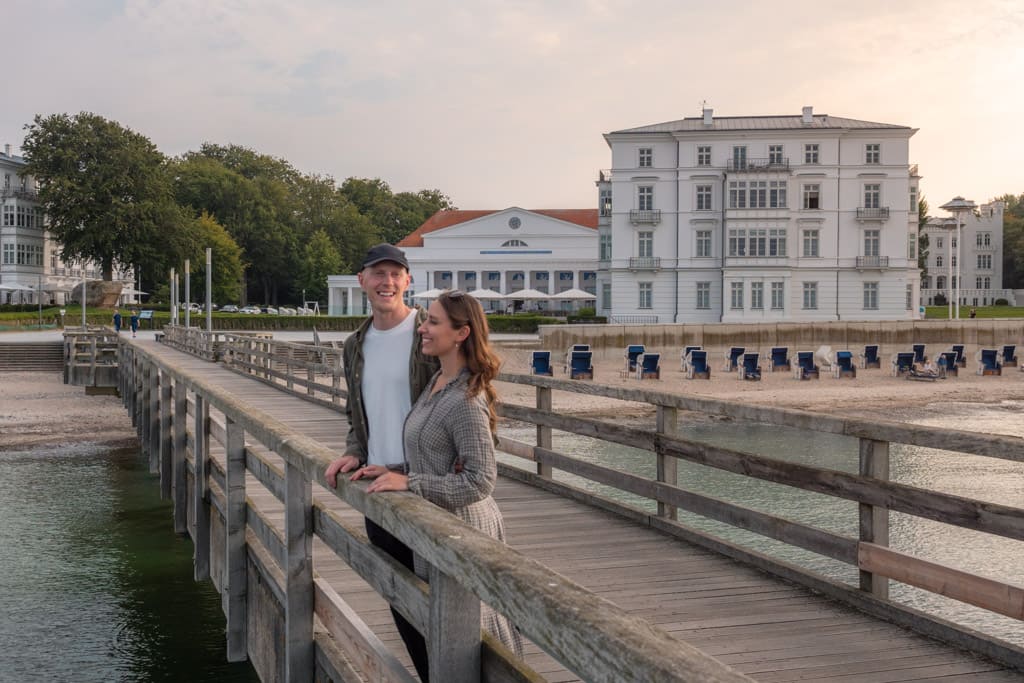
Why visit the Mecklenburg Baltic Coast
The Mecklenburg Baltic Coast in Northern Germany is one of the few places in the country with a coastline and it’s clearly a popular place to spend time in the warm summer months.
Apart from the long sandy beaches, the area offers a unique blend of natural beauty, cultural heritage and outdoor activities.
The holiday region is perfect for families, couples or groups of friends wanting to relax in beautiful surroundings with beaches nearby and at the same time be able to get active in nature as well as have food options for restaurants and cafes in the towns.
As we live in Copenhagen, Denmark, this part of Germany is only a short drive and a ferry away which makes it so accessible for a mini-break or a stop on a longer road trip through the country.
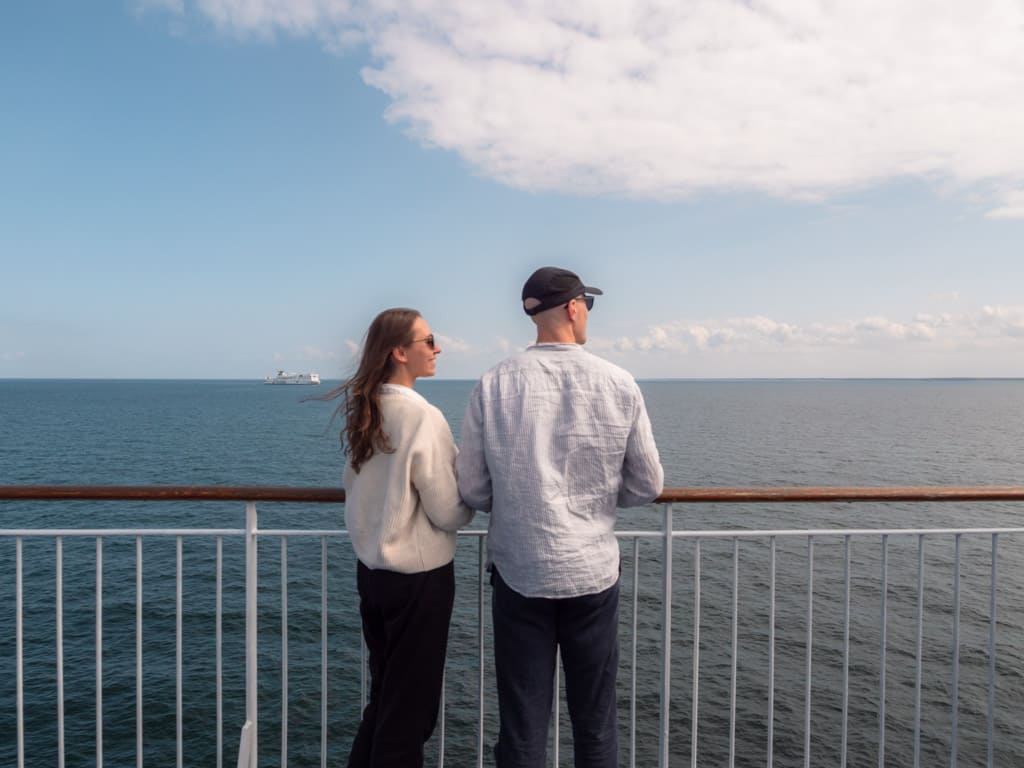
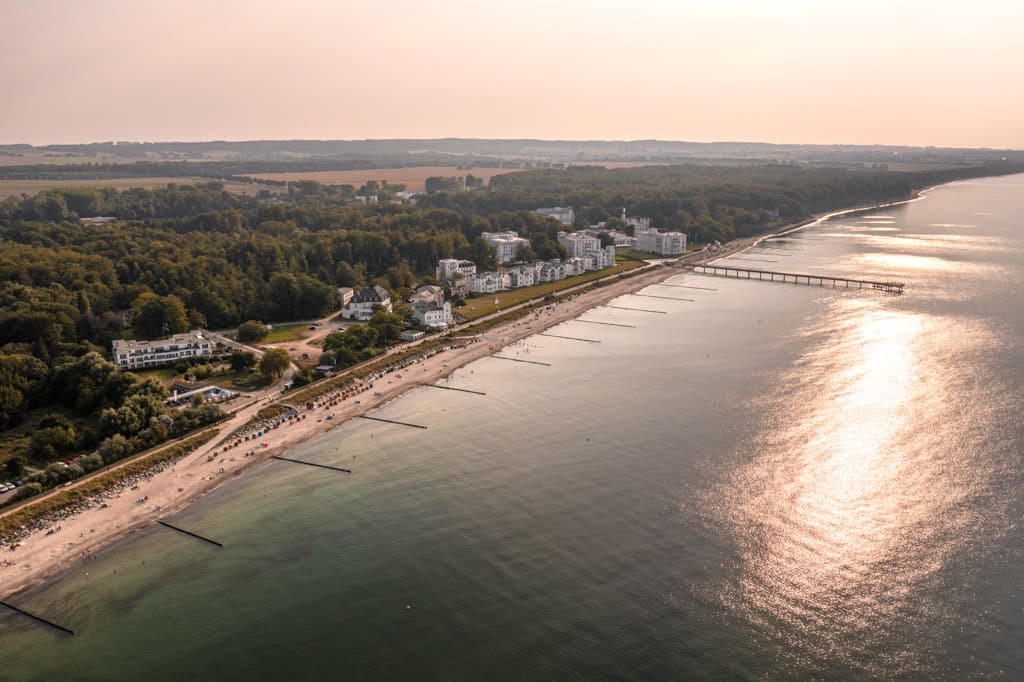
Where is the Mecklenburg Baltic Coast?
Known as the Mecklenburgische Ostseeküste in German, the best translation of this area is the Mecklenburg Baltic Coast.
Sometimes it’s also called the German Baltic Coast, the Western Mecklenburg Coast or even the Bad Doberan region as many of these places are in or near the district of Bad Doberan.
Whatever the name, it covers the coastline between the Hanseatic towns of Lübeck, Wismar and Rostock in the northeastern part of Germany.
On the map below you can see the entire state of Mecklenburg-Vorpommern.
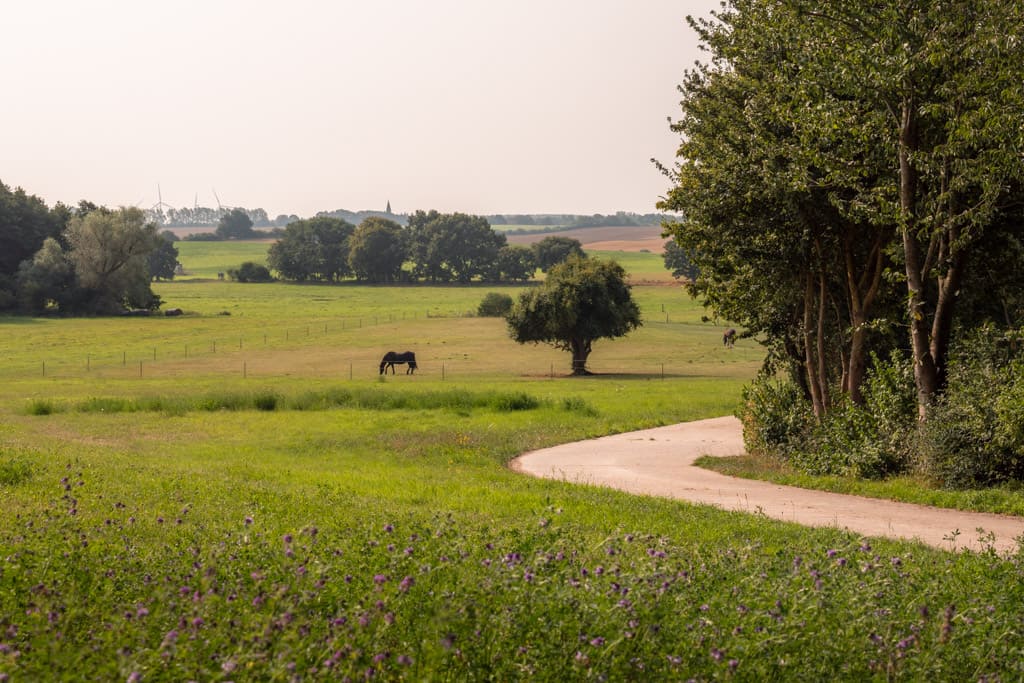
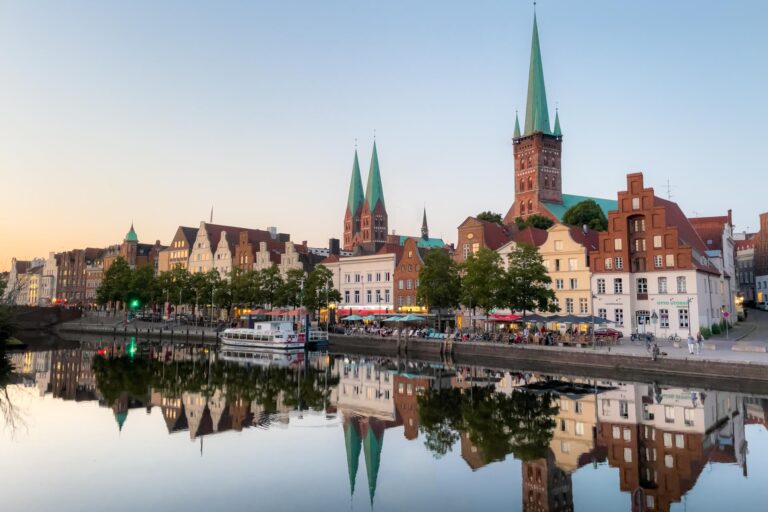
What to do in the Mecklenburg Baltic Coast
Get ready for delightful towns, resort architecture, stunning beaches, unique nature and other sights worth visiting on the Western Mecklenburg Coast.
Here are some of the best things to do in the area:
- Go to the beach – Enjoy life by the sea
- Kühlungsborn – The region’s largest spa town
- Heiligendamm Seaside Resort – The oldest spa town in Germany
- Molli Steam Train – Ride the historic train
- Ghost Forest (Gespensterwald) – Twisted trees by the coast
- The Buk Lighthouse (Der Bastorfer Leuchtturm) – Lighthouse with a view
- The Doberan Cathedral (Doberaner Münster) – A huge gothic church
- Hiking and biking – Get active in nature
- Day trip to Rostock
- Other things to do and see in the Mecklenburg Baltic Coast
1. Go to the beach
The number 1 thing to do in the Mecklenburg Baltic Coast is undoubtedly to go to the beach.
Walk along the promenades, swim in the ocean or lounge in one of the iconic beach baskets. There’s something to do from morning until evening.
This is how life is enjoyed near the coastline in Northern Germany!
We especially loved the beach in front of the Ghost Forest Gespensterwald (which we will tell you all about further down) as it had the most beautiful backdrop.
The beaches in Kühlungsborn and Heiligendamm were great too with many beach baskets to rent and a dynamic atmosphere.
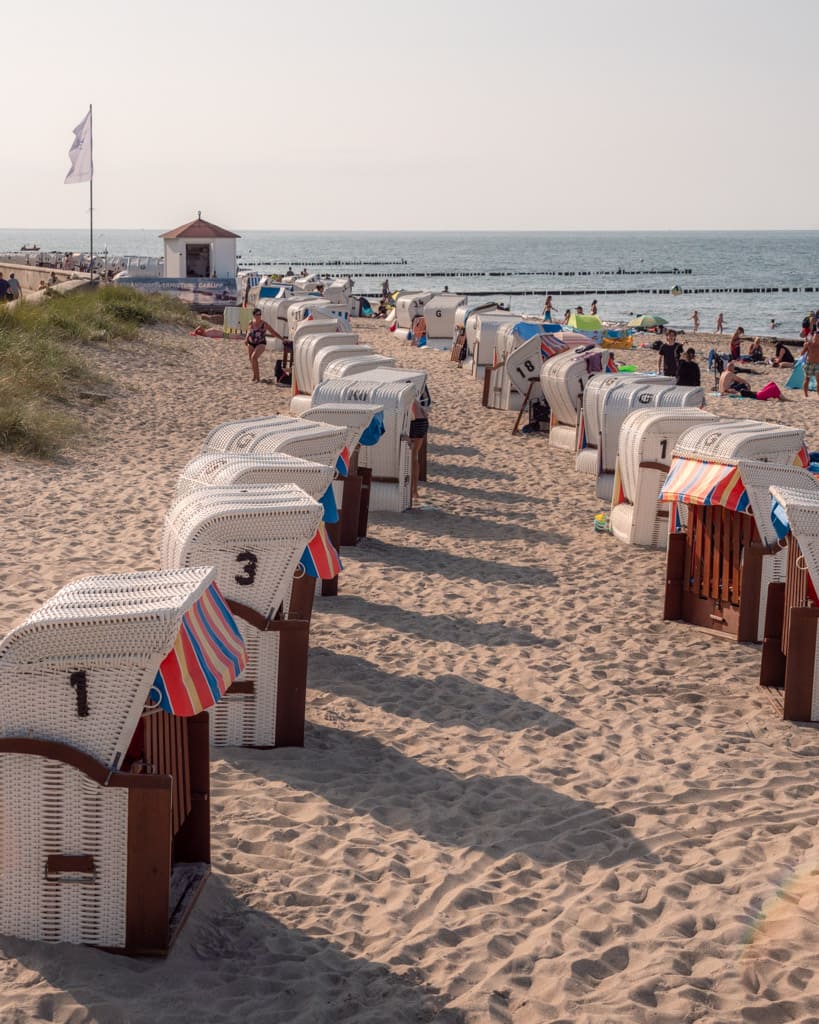
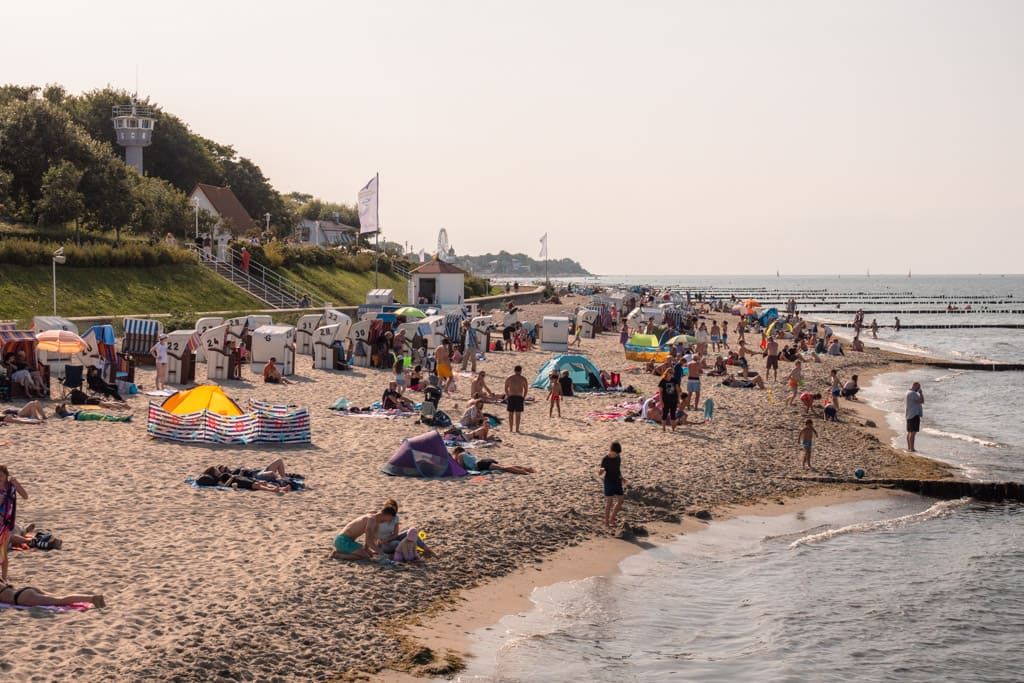
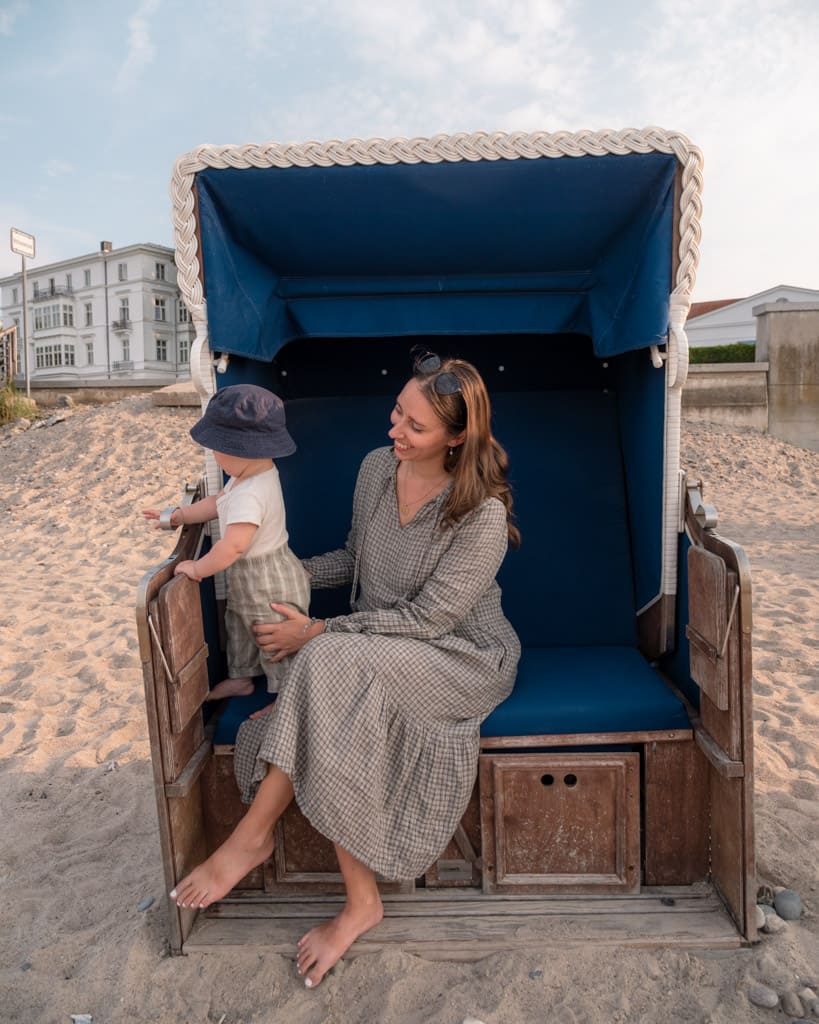
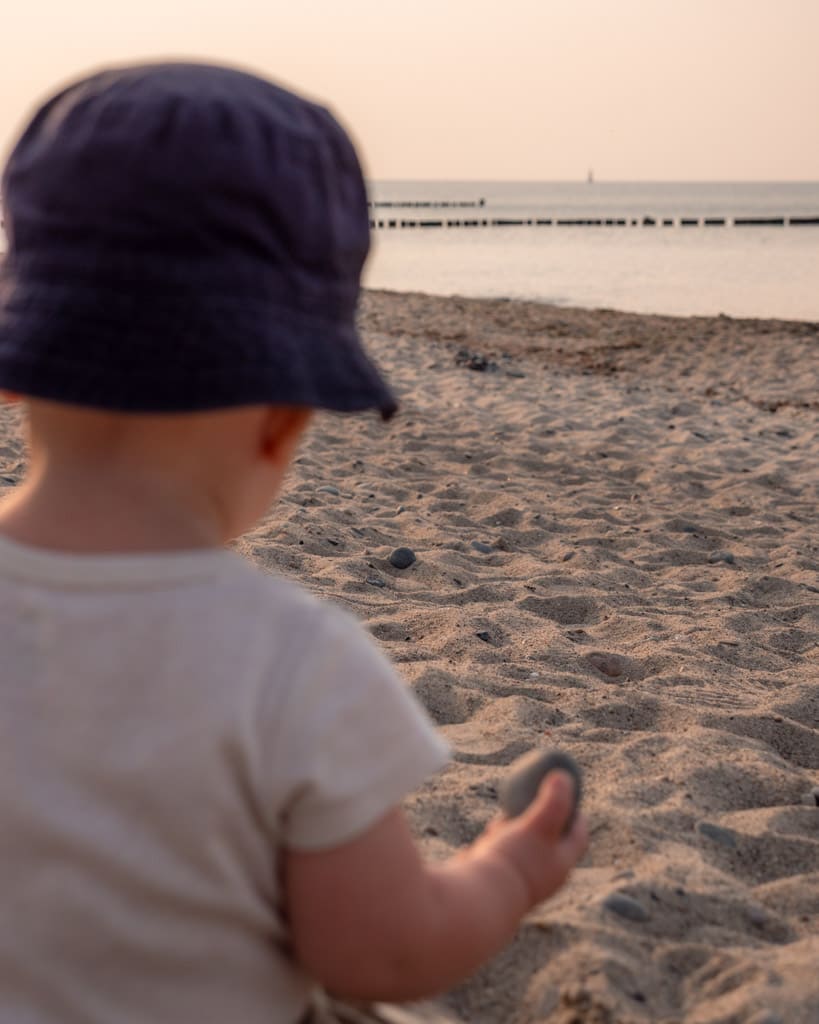
2. Kühlungsborn – The region’s largest spa town
Kühlungsborn is the largest bathing and recreation resort on the Mecklenburg Baltic Sea Coast and here, you’ll find a lively cultural scene with lots of restaurants, cafés and ice cream shops.
The town is known for its sandy beaches, lush forests and seaside promenade – which is one of the longest in the region!
The expansive beach is ideal for sunbathing, swimming and of course there’s a variety of water sports.
In the western part of town, be sure to visit Baltic Platz, where you’ll find a Ferris wheel and a fun playground perfect for families.
The Ostseeallee, a scenic street that links west and east Kühlungsborn, is lined with houses showcasing original spa architecture (Bäderarchitektur), offering a glimpse into the town’s historic charm.
In the eastern part of Kühlungsborn, don’t miss the view from Kühlungsborn Pier (Seebrücke Kühlungsborn) as well as the vibrant marina where you can admire the boats and enjoy the seaside atmosphere.
If you are interested in history, stop by the tower along the promenade a little west of the pier. There you’ll find The Baltic Sea Watchtower Museum (Ostsee-Grenzturm Museum) where you can learn about the history of Germany’s divided era. Opening hours are very limited so make sure to check out their website in advance if you want to visit.
We experienced both parts of town and had a lovely time in Kühlungsborn!
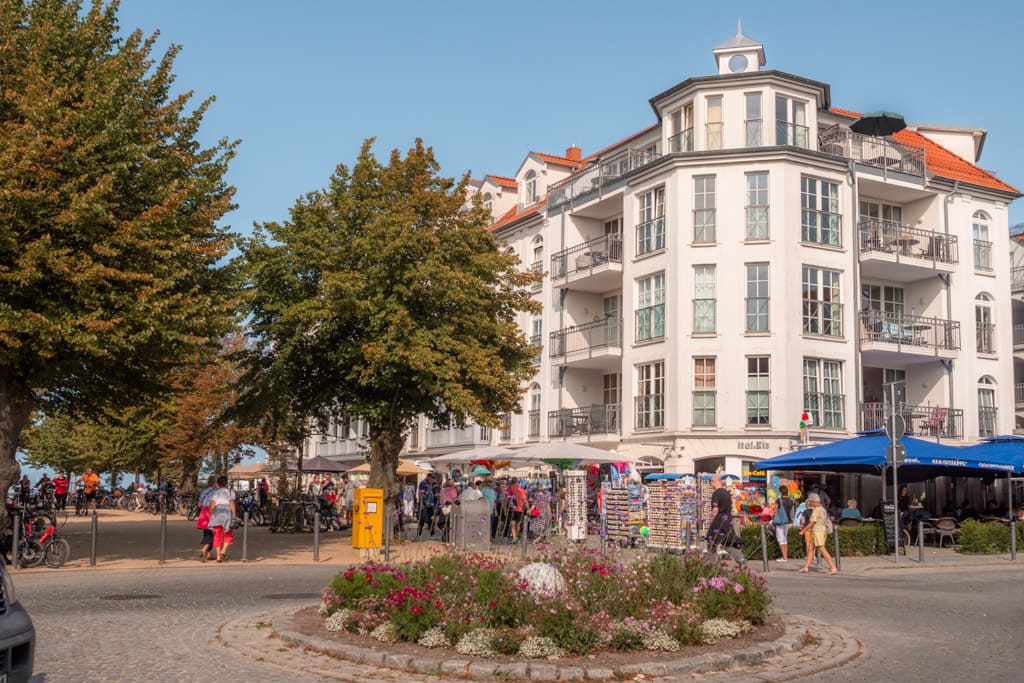
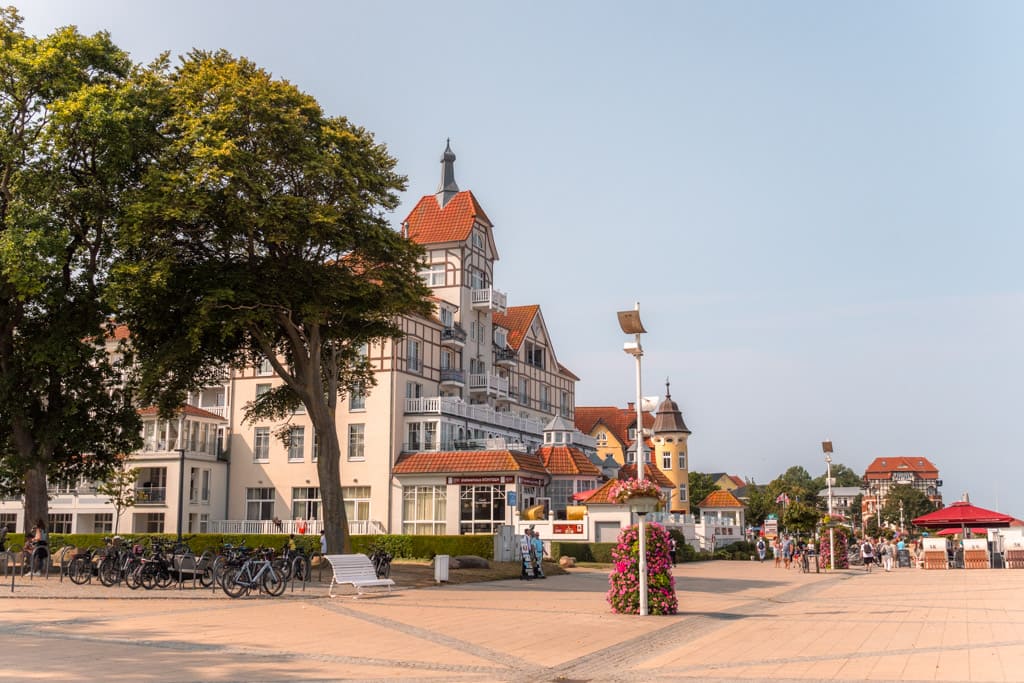

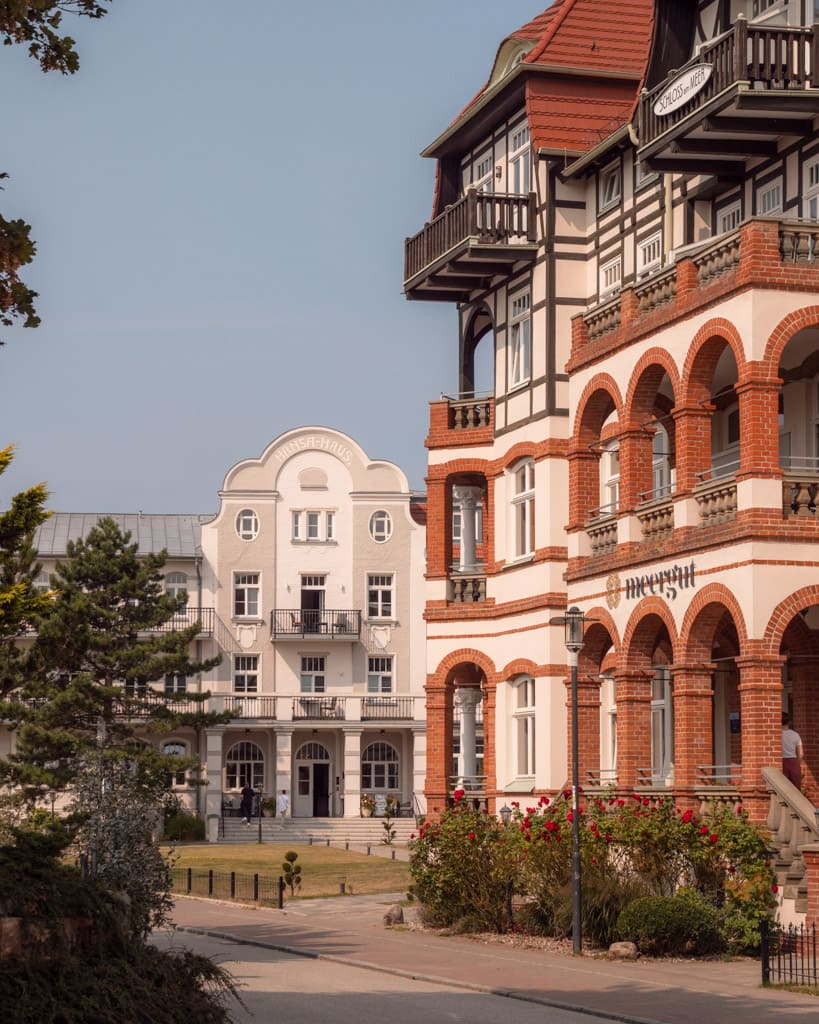
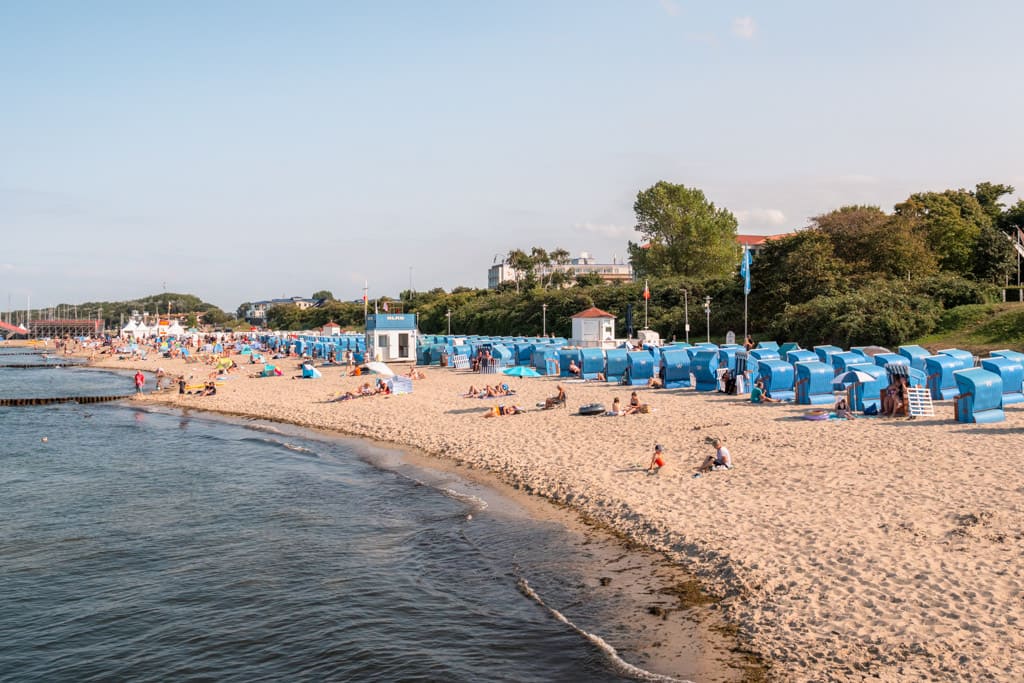
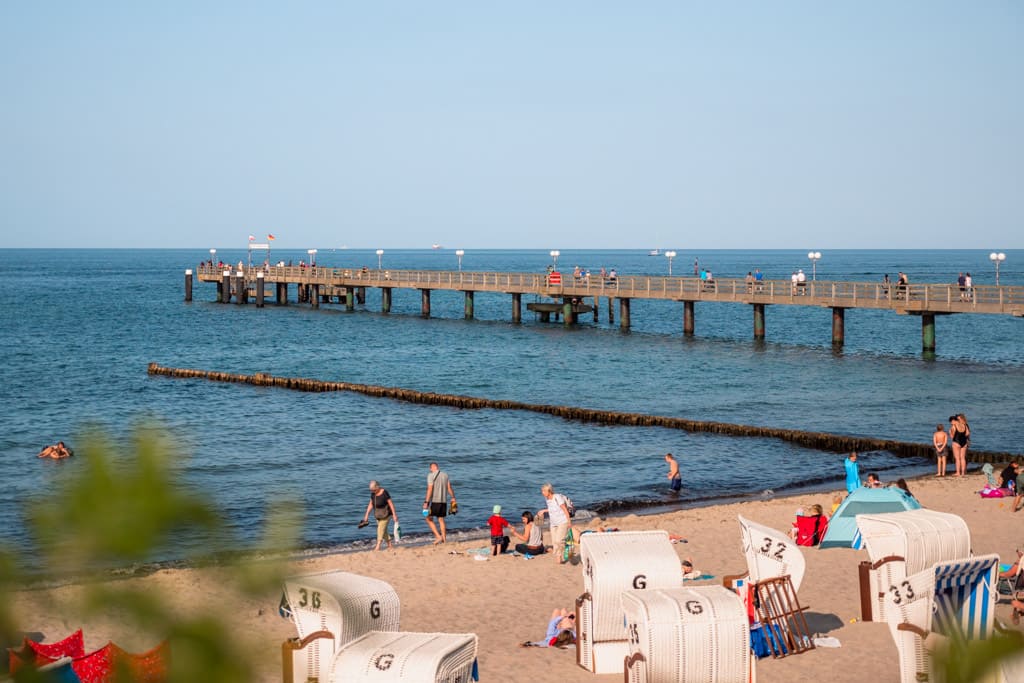
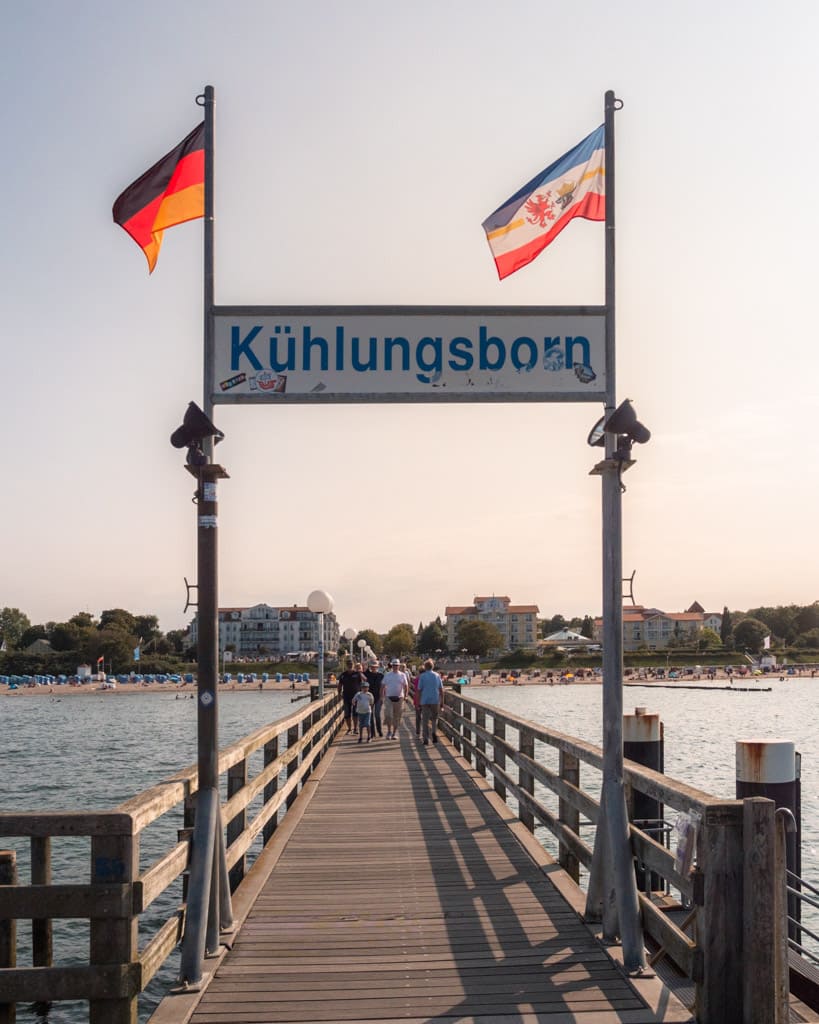

3. Heiligendamm Seaside Resort – The oldest spa town in Germany
Heiligendamm is Germany’s oldest seaside resort (and the oldest seaside spa in continental Europe).
Dating back to 1793, Heiligendamm became the birthplace of Germany’s spa industry when Duke Friedrich Franz I of Mecklenburg-Schwerin commissioned architects to create grand guesthouses and lodgings.
The classicist white resort architecture is the reason it’s often called the “White Town by the Sea” or “The White Pearl”.
We enjoyed taking a leisurely stroll along the picturesque promenade from where you can soak in the tranquil seaside atmosphere.
The Seebrücke Heiligendamm, a 200-metre-long pier extending into the Baltic Sea, is also worth visiting. This is the perfect place to catch stunning views of the elegant mansions and spa buildings that line the beach, including the Grand Hotel Heiligendamm.
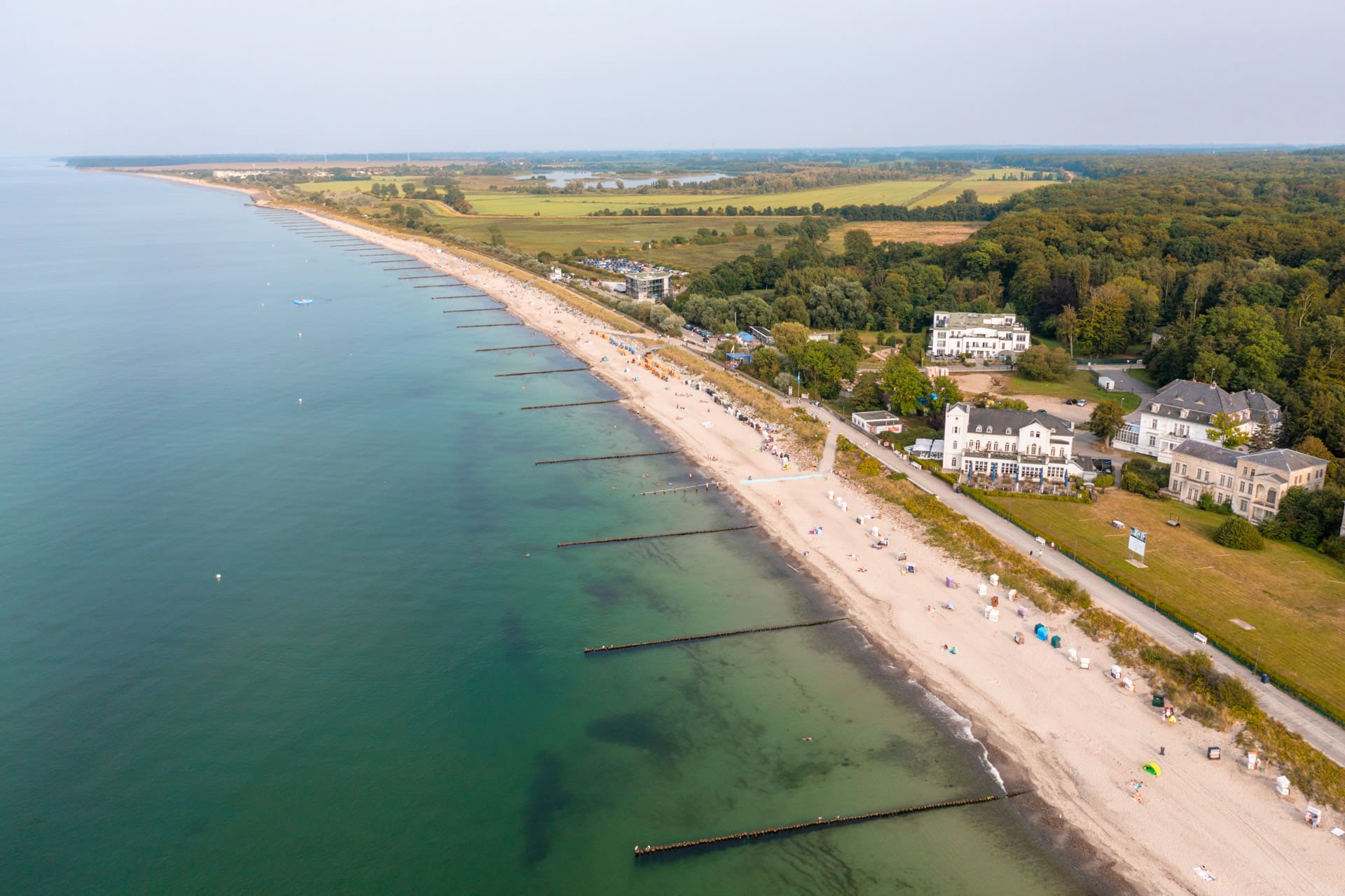
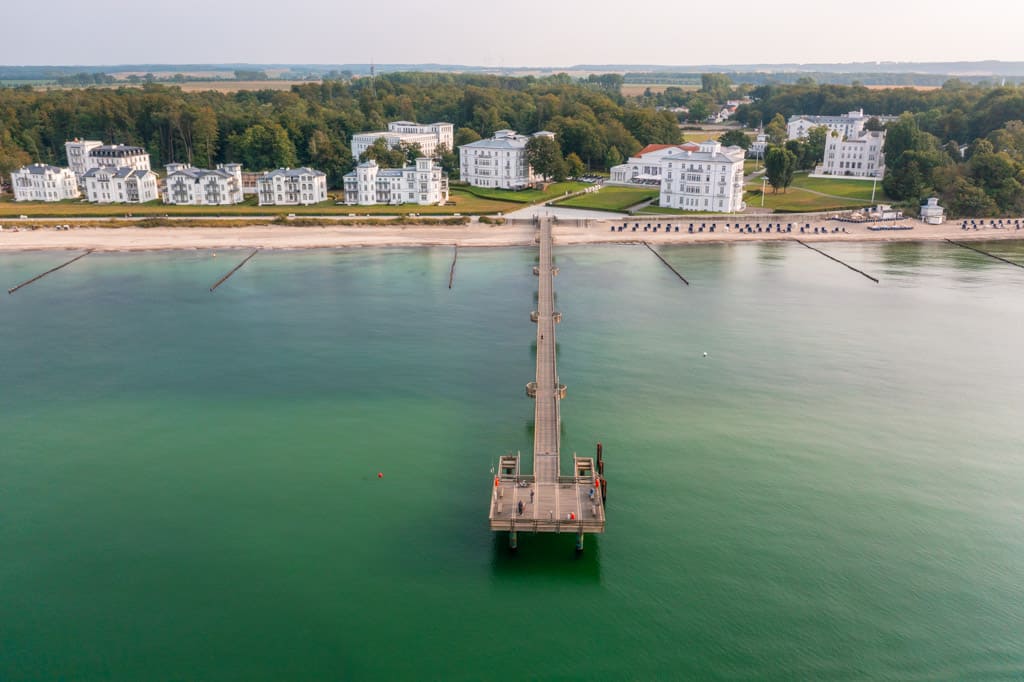
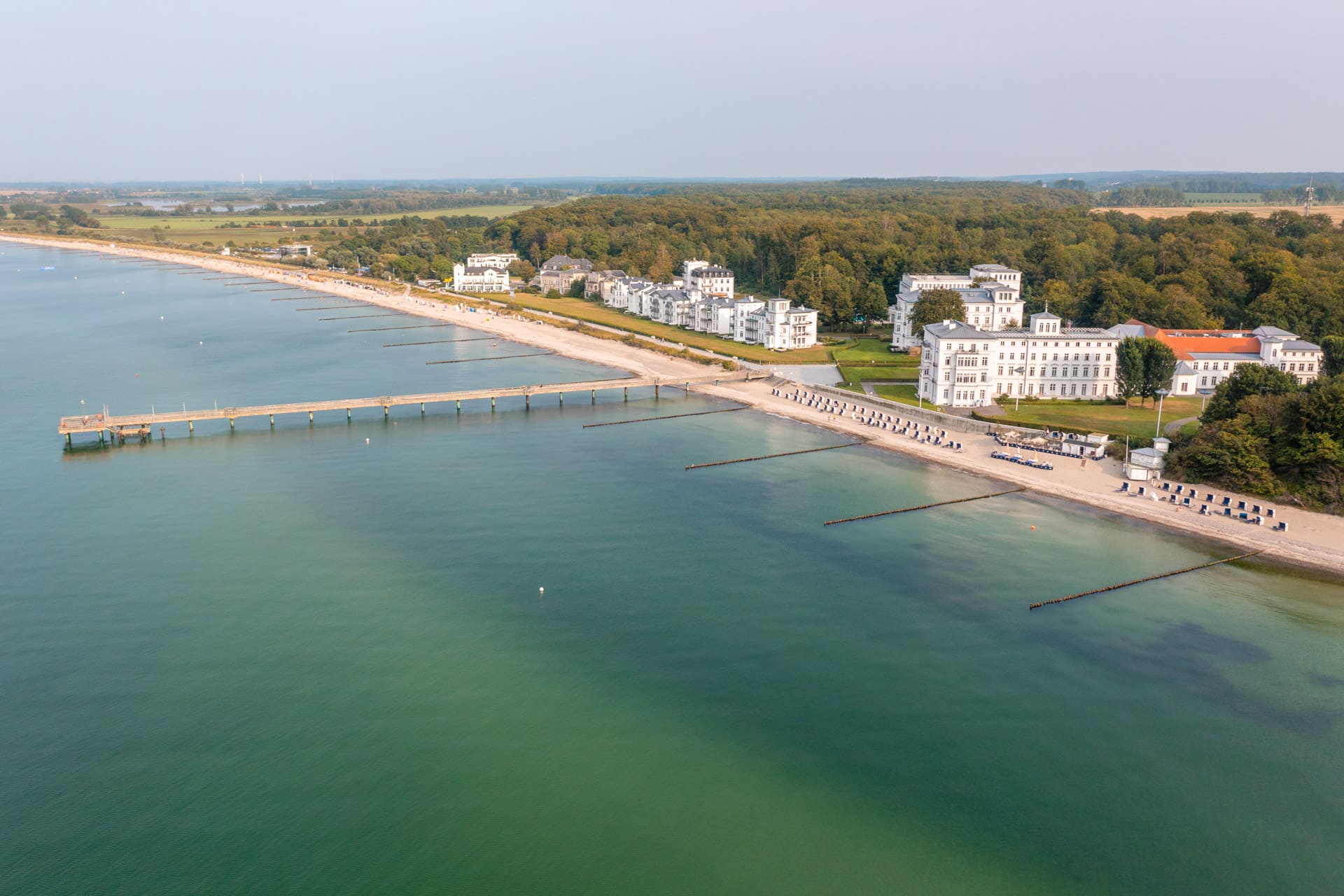
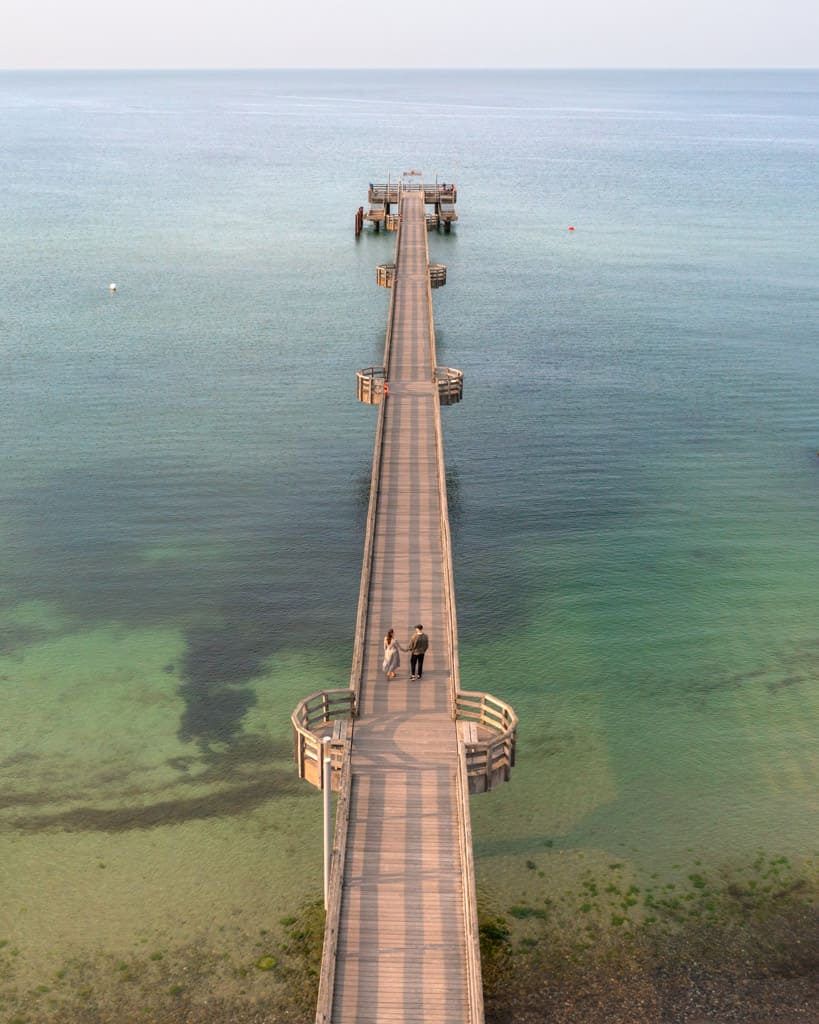
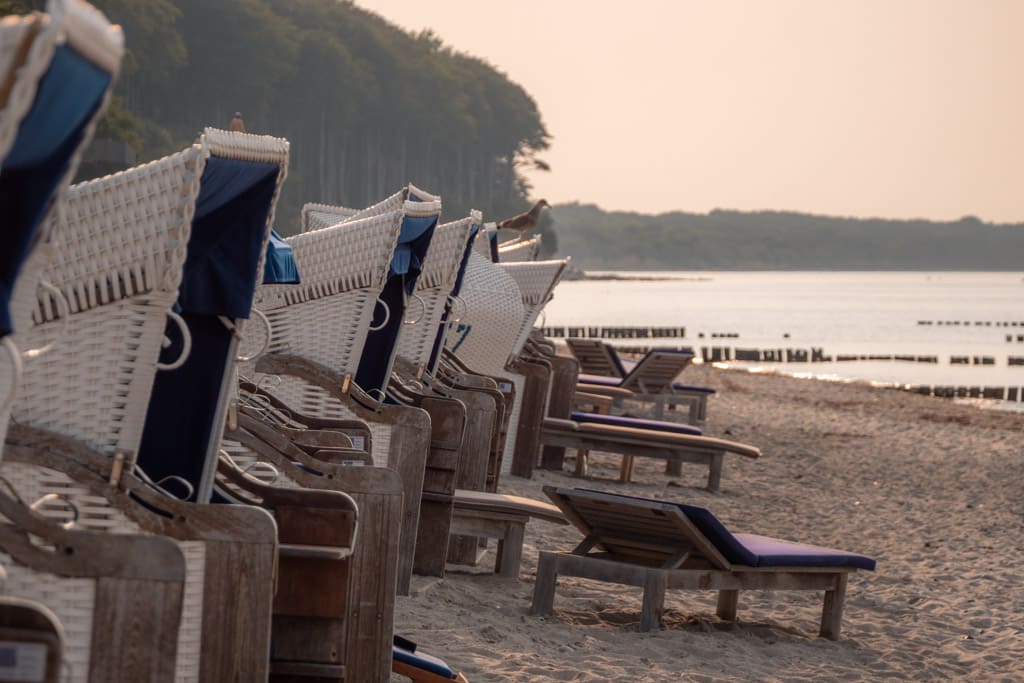
Grand Hotel Heiligendamm
To reach the beach and pier, you’ll need to take a slight detour from the station, as the expansive five-star hotel Grand Hotel Heiligendamm occupies the prime space between the two.
The luxury hotel is considered one of the earliest and finest examples of German resort architecture.
Access through the grounds is reserved exclusively for guests but you can get splendid views of the historic buildings from the promenade and pier in front of the hotel.
Should you have the means to vacation here, we can only imagine the luxurious feeling of waking up to panoramic ocean views, indulging in world-class amenities and unwinding on the pristine beach just steps from your room.
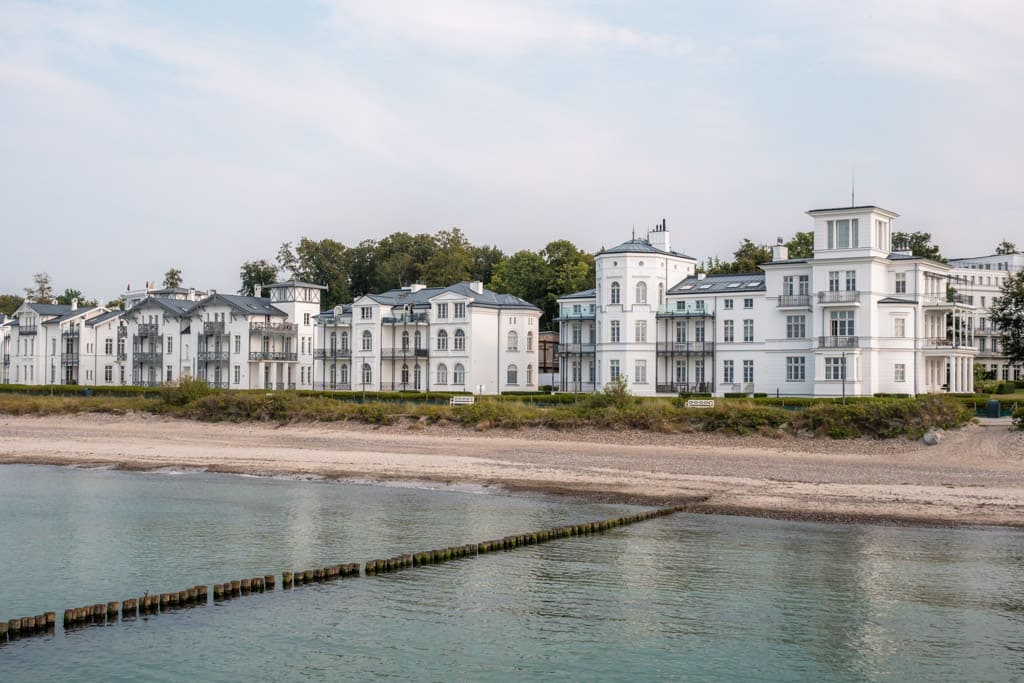
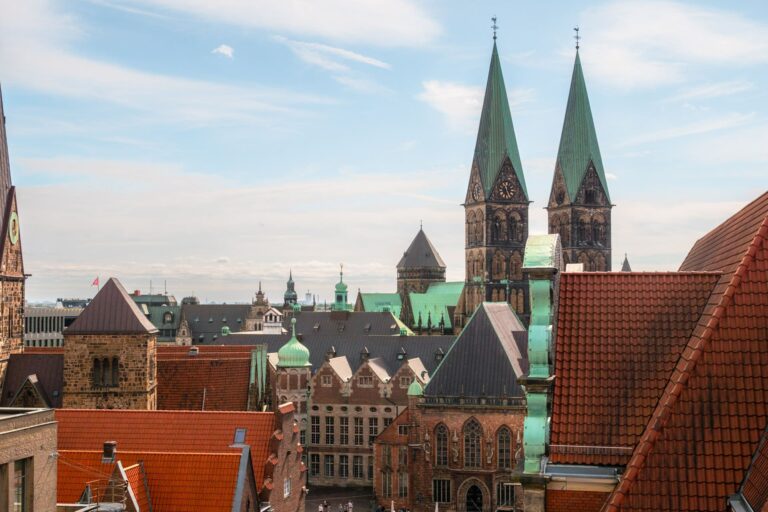
4. Molli Steam Train – Ride the historic train
While it’s easy to drive or even bike around the Mecklenburg Baltic Coast, there’s a more charming and historical option: The Molli Steam Train.
The train connects Kühlungsborn and Bad Doberan with a few stops in between (including Heiligendamm), and the total length of the tracks is 15.4 kilometres, taking about 40 minutes to cover.
We enjoyed the experience of travelling between Kühlungsborn and Heiligendamm, taking in the scenic landscapes (and cityscapes!) in a whole new manner.
It was also evident that the train is dearly loved by the locals. We even met a man on the station who said that he lives literally right next to the tracks and can’t wait for the first “toot!” every morning at 06:45 AM.
Here’s the train schedule for the summer period.
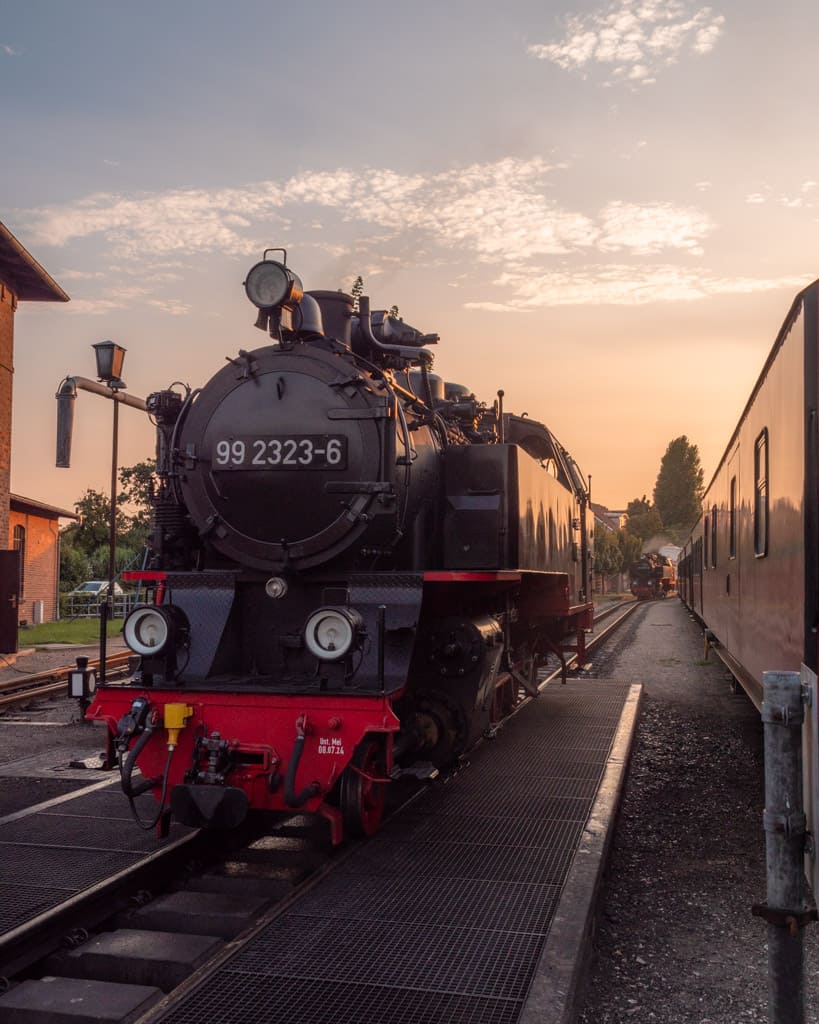

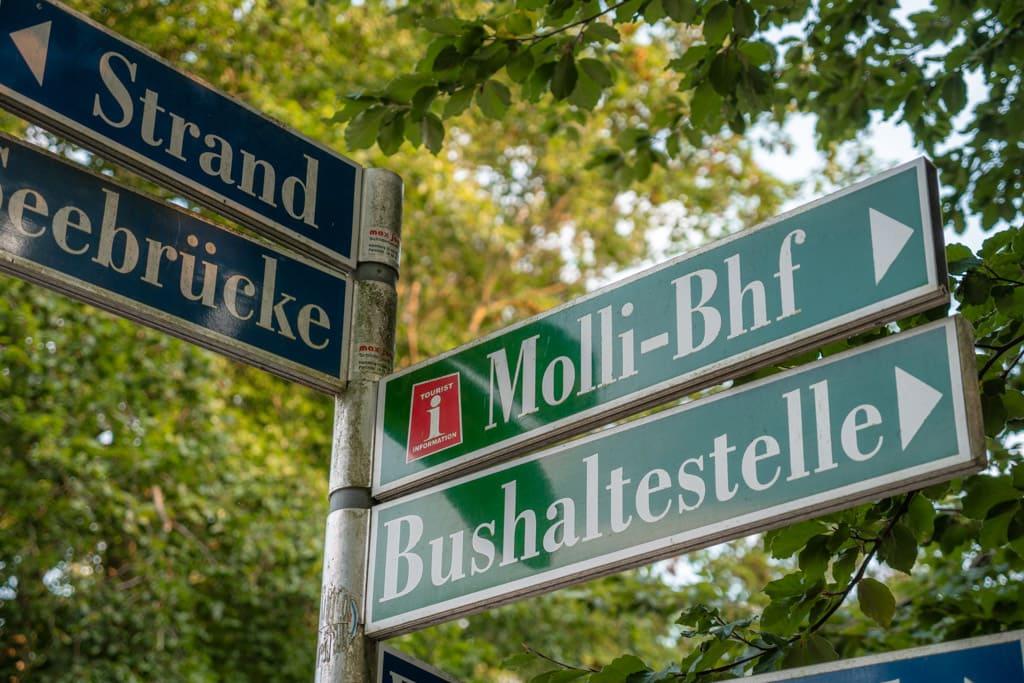
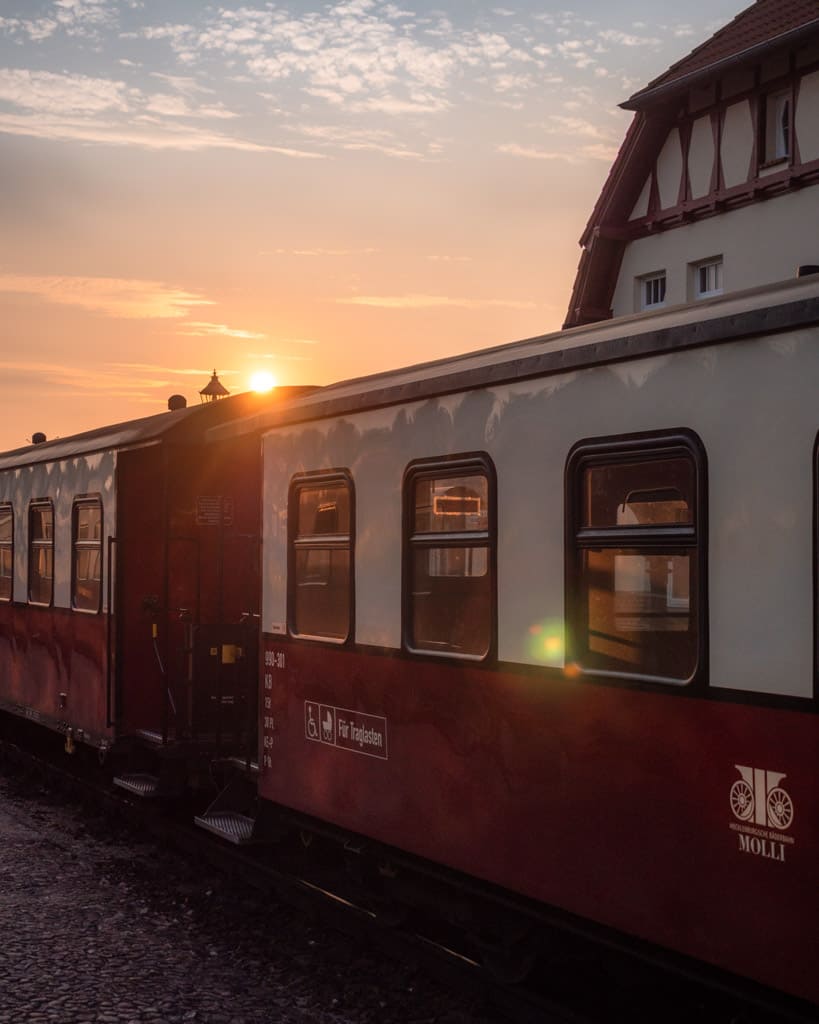

5. Ghost Forest (Gespensterwald) – Twisted trees by the coast
Though the official name is Nienhäger Holz, everyone knows the forest by its much more eerie name: Gespensterwald (literally meaning Ghost Forest).
Starting from the small town of Nienhagen, a short walk on a well-kept path leads you through a more ordinary forest. But soon, the landscape changes:
Twisted, wind-shaped trees line the shoreline, looking down at the beach and the immense Baltic Sea below.
The trees, most of which are more than 100 years old, aren’t huge – but they’re everywhere and each of them has got its own quirky personality.
It’s a beautiful sight, especially around sunset. We loved the light as it cast a warm, golden glow on the trees and beach.
During the day, there are quite a few tourists hiking and biking along the coast and seemingly no ghosts to be found. After night falls, though, we can only imagine what lurks in the dark.

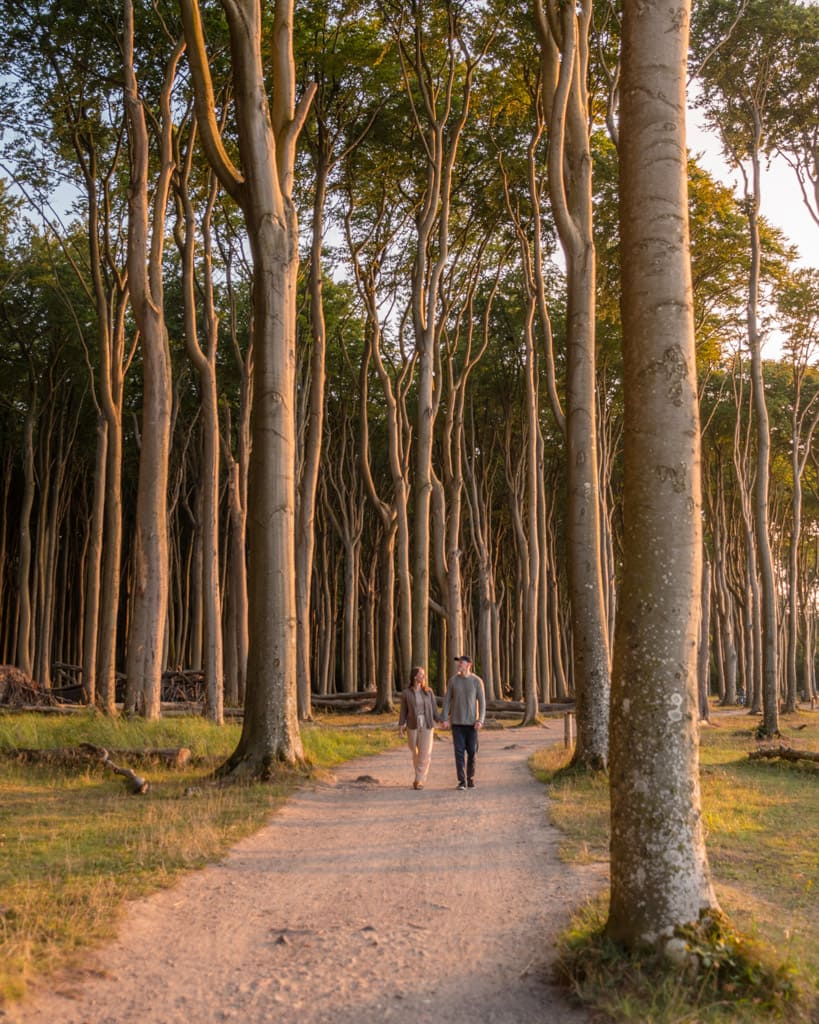
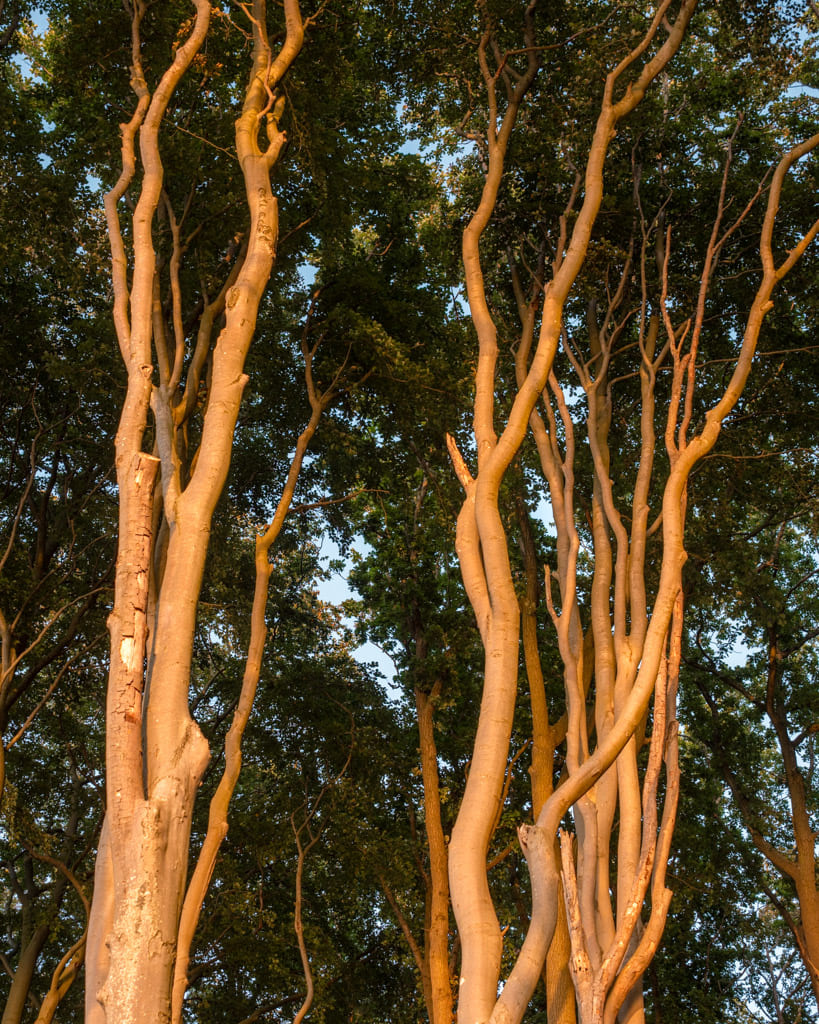

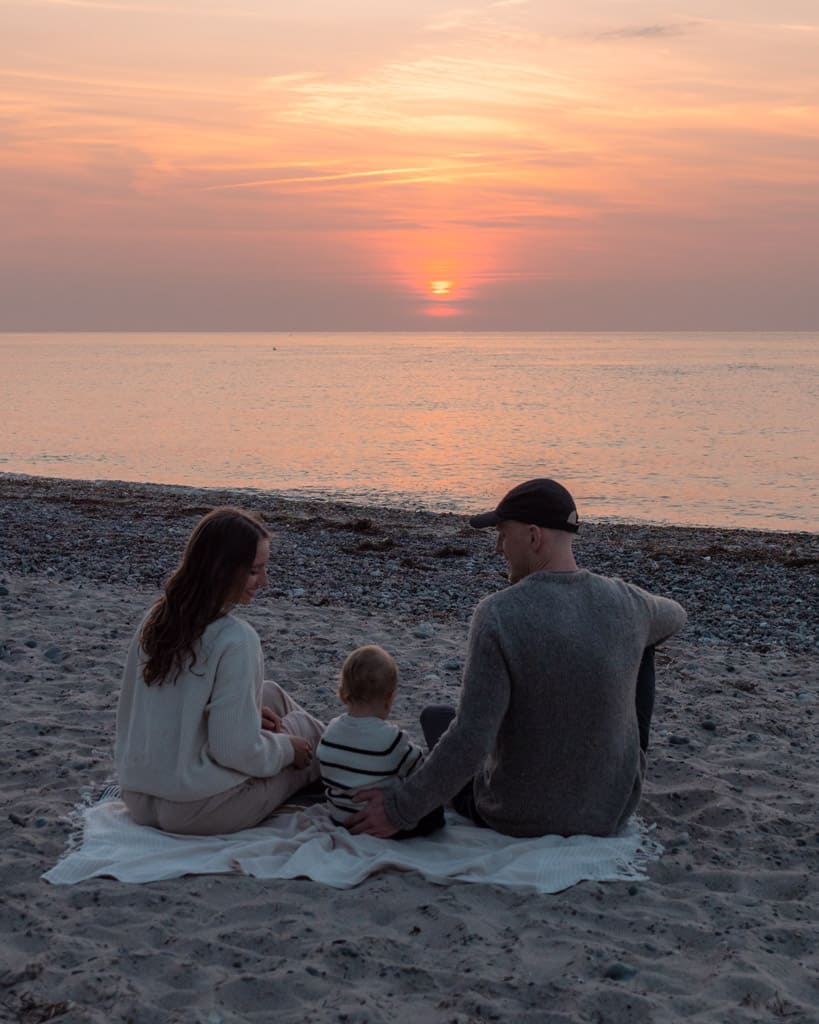
6. The Buk Lighthouse (Der Bastorfer Leuchtturm) – Lighthouse with a view
The Buk Lighthouse, also known as The Bastorf Lighthouse (Der Bastorfer Leuchtturm), is a small and rather unimposing lighthouse by itself.
Being located about 80 metres above sea level though, the views from up here over the coastline and surrounding countryside are phenomenal.
In 2024, the entrance price to visit the lighthouse was 4 euros (~ 4.45 USD).
Fun fact: Despite being a bit of a shorty at just 20.8 metres tall, The Buk Lighthouse can actually brag about being the highest lighthouse in Northern Germany because of its hilly location.
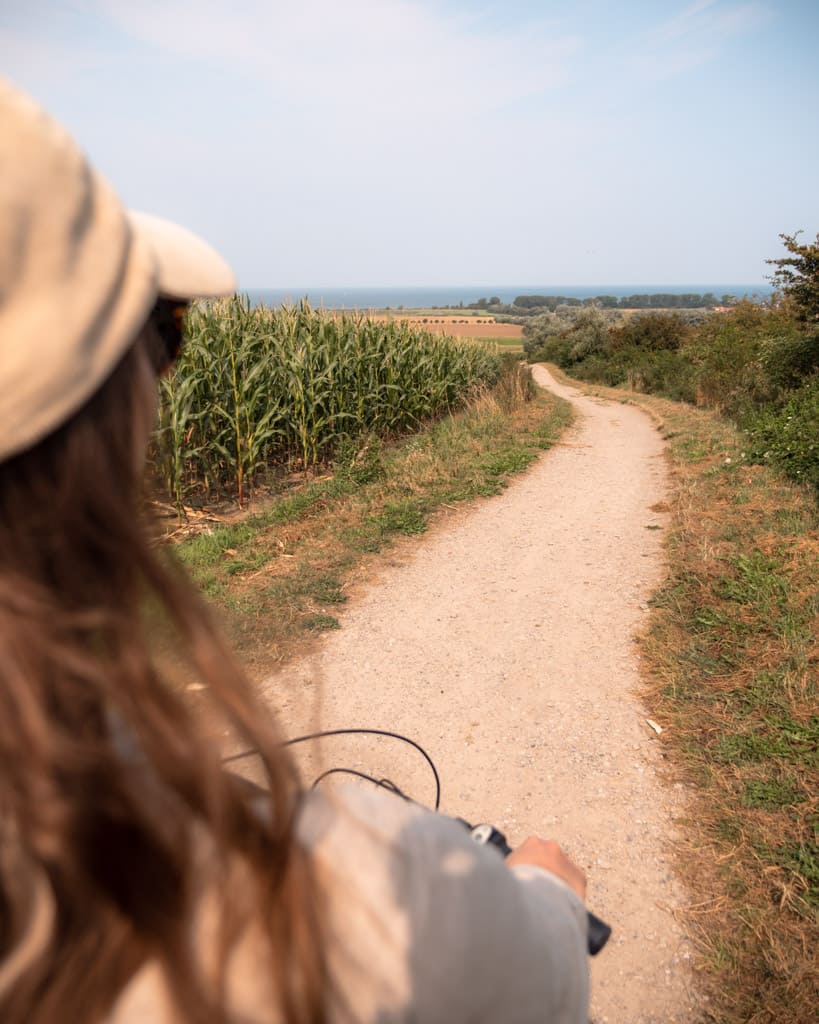
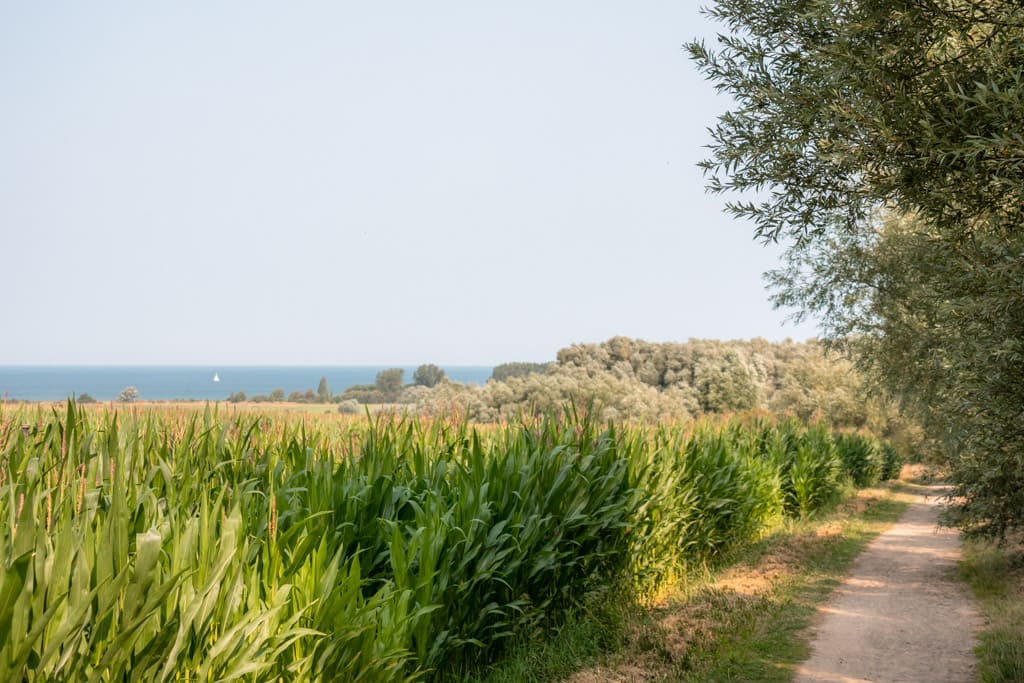

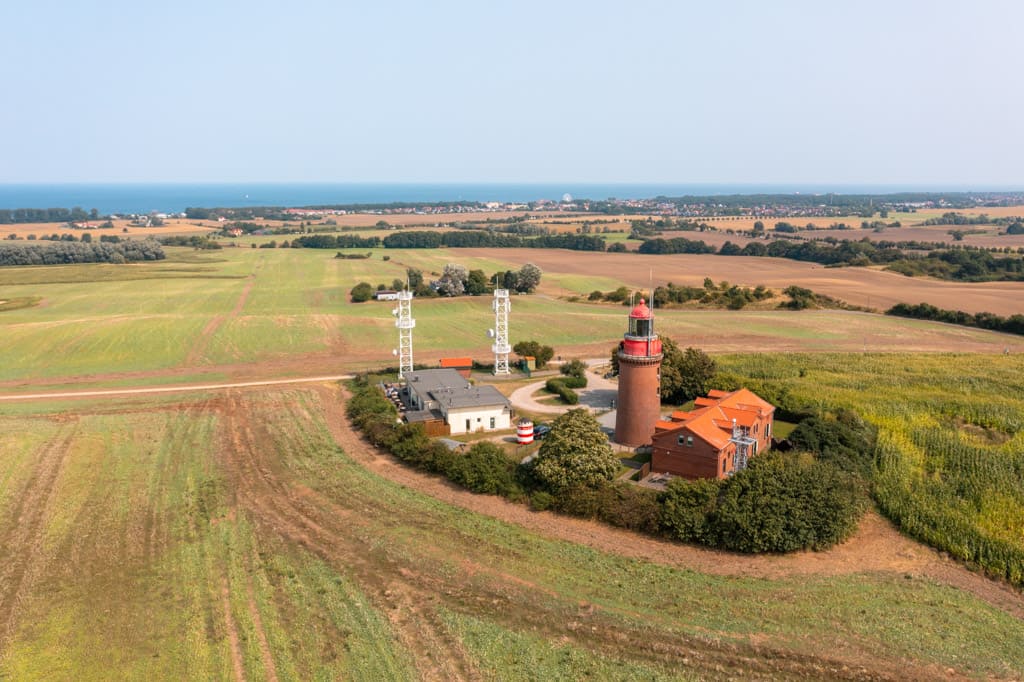

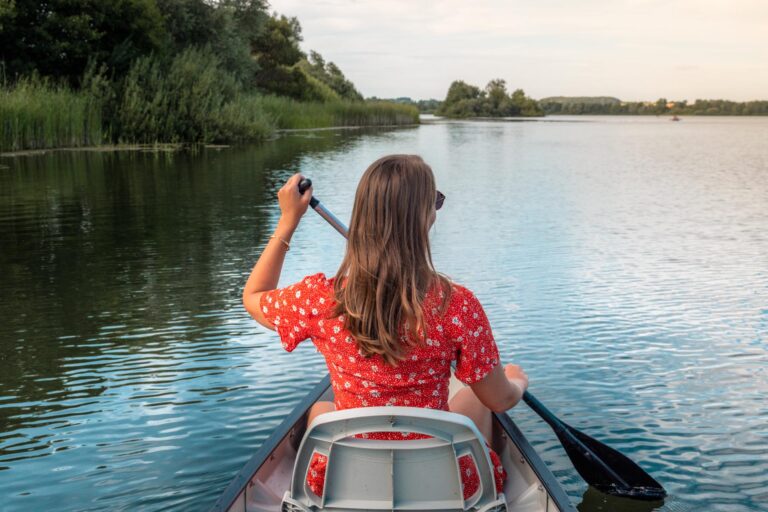
7. The Doberan Cathedral (Doberaner Münster) – A huge gothic church
Located in Bad Doberan, the Doberan Cathedral (Doberaner Münster) is known for being a Gothic masterpiece with soaring brick architecture and well-preserved medieval interior.
As we arrived too late in the evening to enter, we unfortunately only saw the church from the outside. It was still glorious, though!


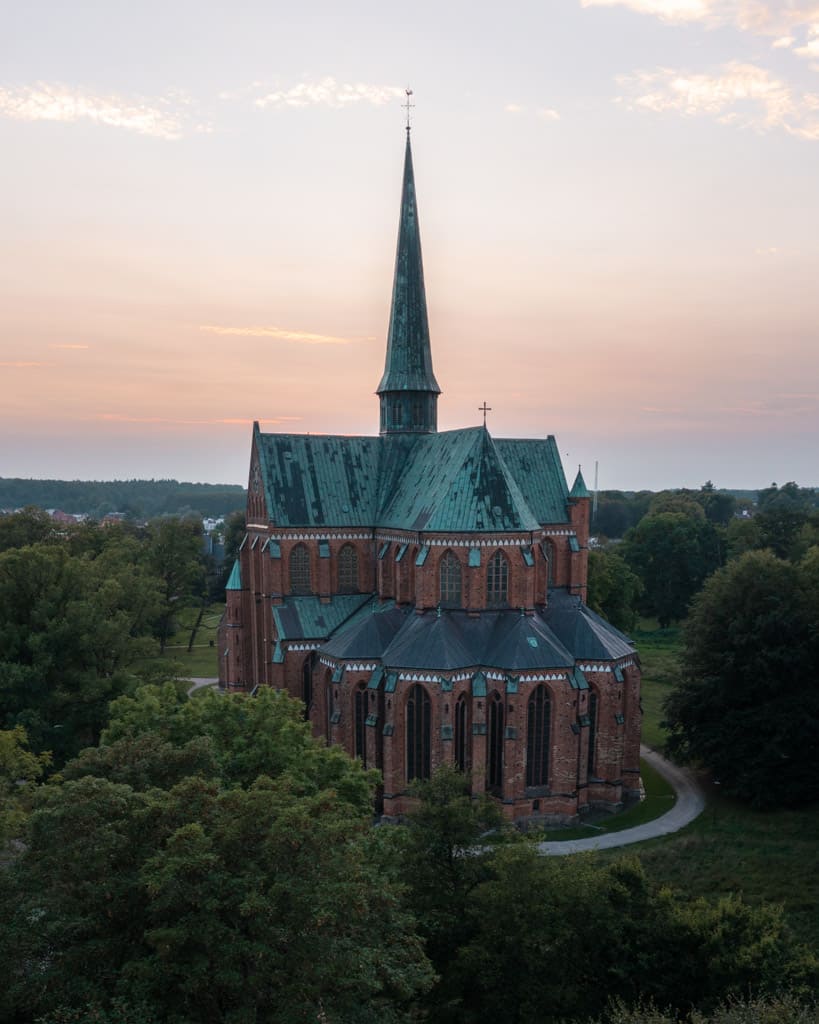
8. Hiking and biking – Get active in nature
With well-marked trails along the coast and through the countryside, the area is perfect for cycling and hiking enthusiasts.
We certainly saw lots of people on bikes, and we also rode bikes ourselves to get up to Der Bastorfer Leuchtturm (mentioned above) from Kühlungsborn.
Here’s a great circular bicycle route taking you from Kühlungsborn to the lighthouse.
There’s no shortage of bike rentals to choose from and they offer different types of bikes. Make sure to reserve your bike in advance if you are visiting in a busy period (which is all of summer).
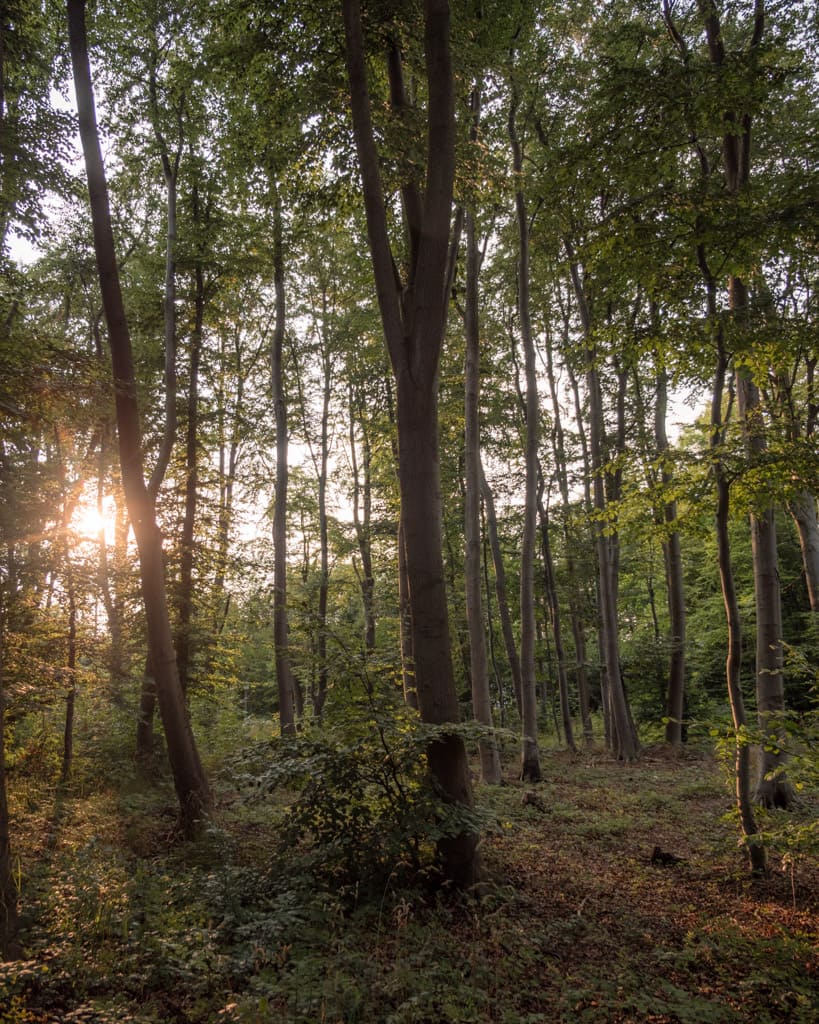
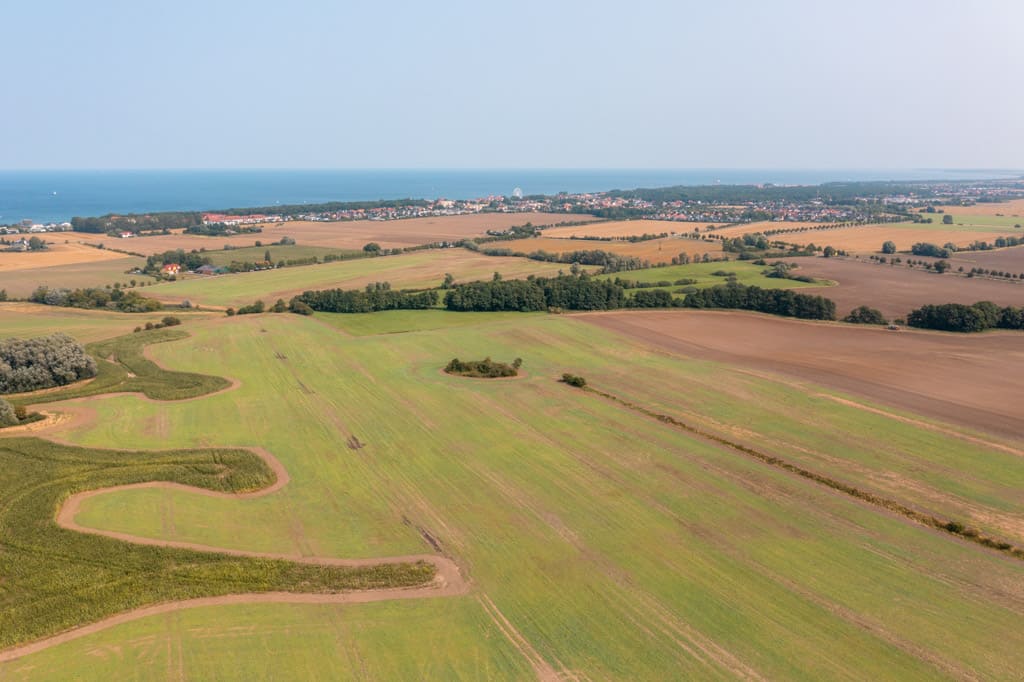
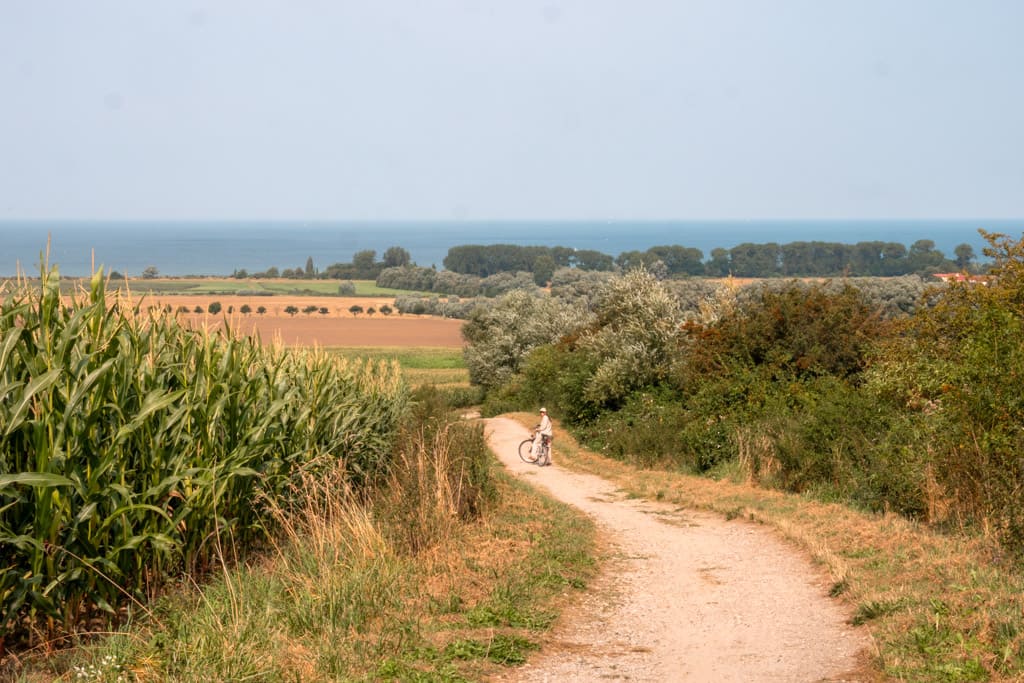
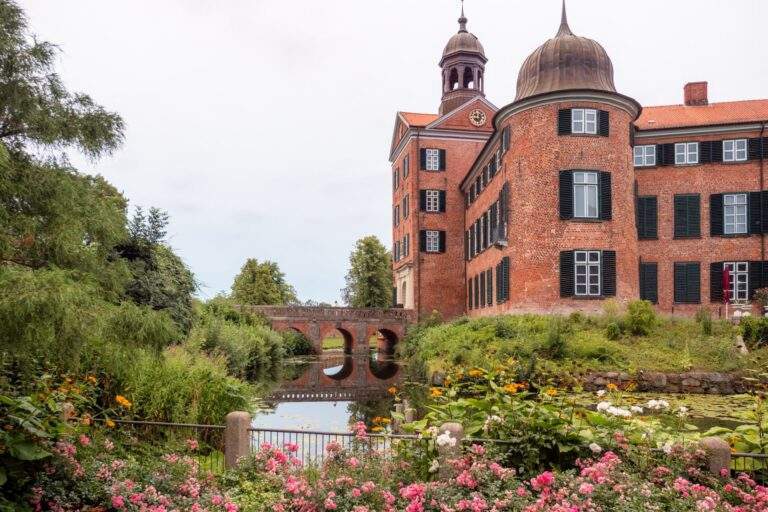
9. Day trip to Rostock
Being the largest city in the area (as well as in the state of Mecklenburg-Vorpommern), it would be a shame to miss a visit to Rostock.
Though we’ve mostly driven through Rostock when we’ve taken the Gedser-Rostock ferry to/from Denmark, we also spent a lovely day here a few years back.
The city centre is full of charming, colourful buildings dating from the Hanseatic period, and only a short walk away you’ll find the trendy area of Kröpeliner-Tor-Vorstadt known for its student bars, veg-friendly eateries and small shops with local handicrafts.
Fun fact: The University of Rostock was founded in 1419, making it one of the oldest universities in the world.

10. Other things to do and see in the Mecklenburg Baltic Coast
We unfortunately didn’t get to see everything in the area on this trip. These are some of the things we want to experience next time around.
- Hanseatic City of Wismar: A UNESCO-listed old town with Gothic architecture, historic churches and a charming harbour.
- Boltenhagen: Another beautiful coastal city with a sandy beach, a pretty marina and lots of leisure activities on offer.
- Poel Island: A tranquil island with lush green meadows, secluded beaches and a rich maritime history.
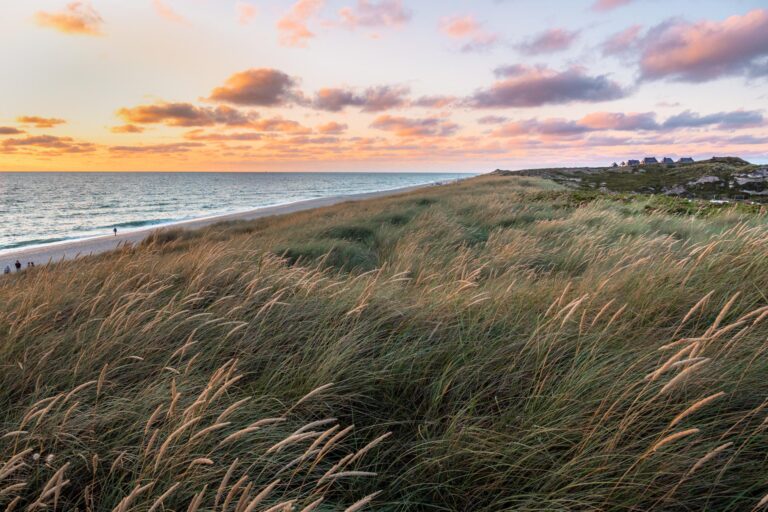
How to get around the Mecklenburg Baltic Coast
There’s no way around the fact that driving around the Mecklenburg Baltic Coast is very convenient.
Roads are in good condition and don’t see too much traffic. Parking in the towns can be difficult if you visit in the high season, though.
A good option to get around is to use the extensive bike network.
Along many of the connecting roads, you’ll find dedicated bike lanes, and in the towns, it’s customary to share the broad sidewalks with pedestrians.
We didn’t use public transport to get around ourselves (apart from riding on the Molli steam train!), but we’re sure that this is also feasible if you keep a good eye on the timetables.
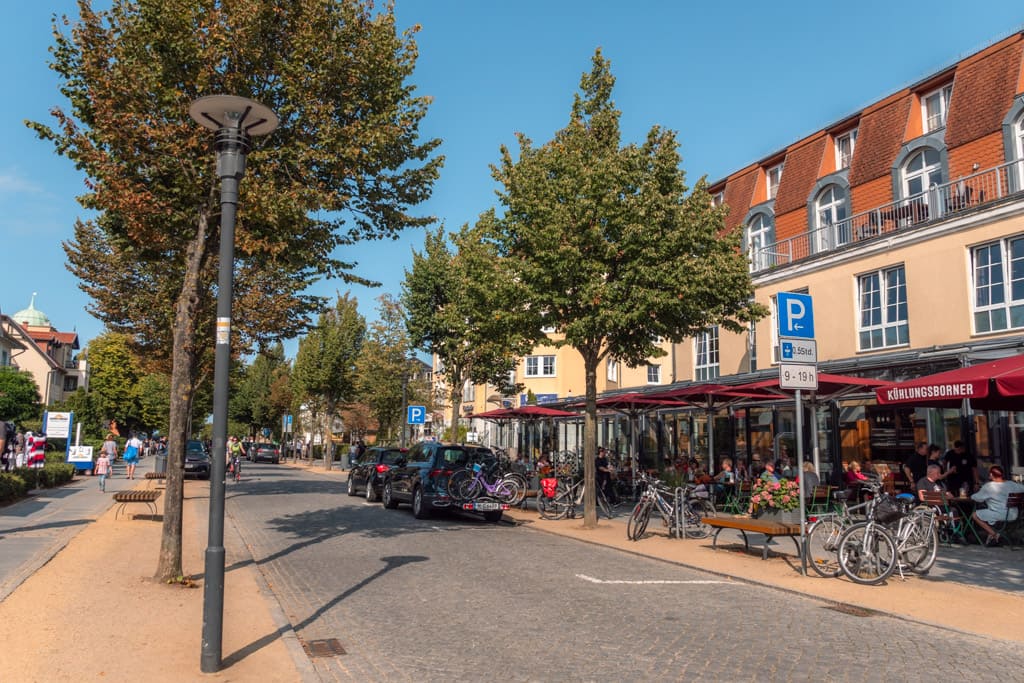

When to visit the Mecklenburg Baltic Coast
Spring (March, April and May) is a beautiful time to visit the Mecklenburg Baltic Coast with sunny days and blooming flowers. It can still be a bit chilly, so check the weather forecast before you pack.
Summer (June, July and August) is of course the hottest season and the temperatures can get quite high in July and August. At the same time, it’s also at its rainiest in the summer so pack a rain jacket or an umbrella, just in case. The sun is usually shining from early morning until very late in the evening. The summer holidays in Germany are spread out between mid-June and mid-September.
Autumn (September, October and November) is a wonderful time to visit the Mecklenburg Baltic Coast. The autumn colours go well with the old, charming buildings in the towns. The most beautiful yellow, orange and red autumn colours can typically be seen at the end of September and in October, perhaps also at the beginning of November before the leaves fall off the trees.
Winter (December, January and February) is generally cold but on the other hand, there are usually fewer tourists. If you’re planning to visit during Christmas or New Year, it’s smart to book your accommodation ahead of time.


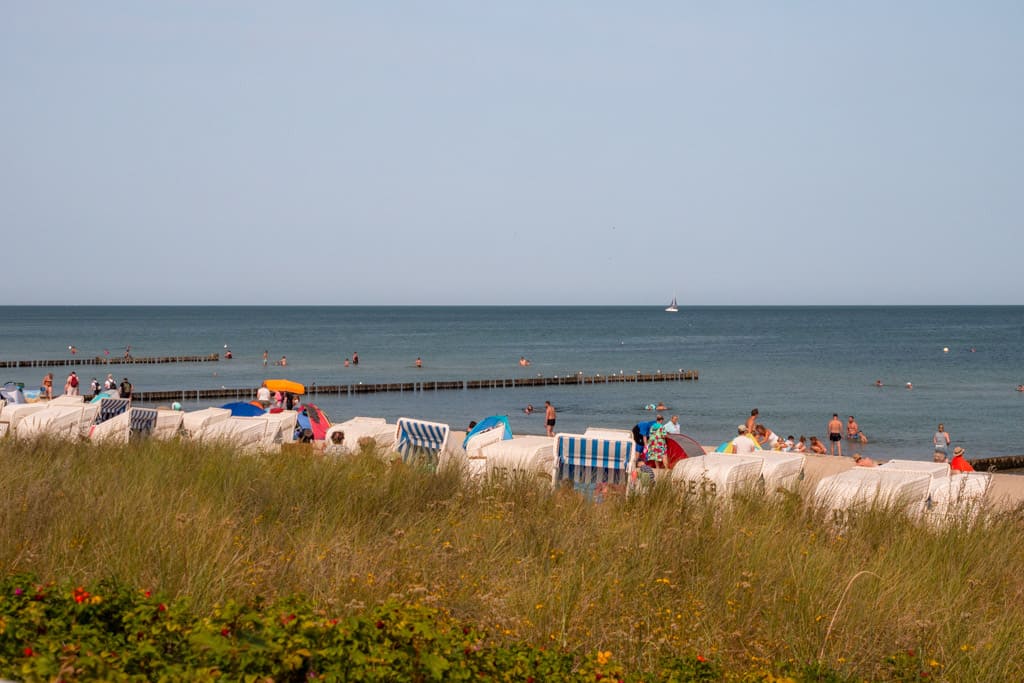
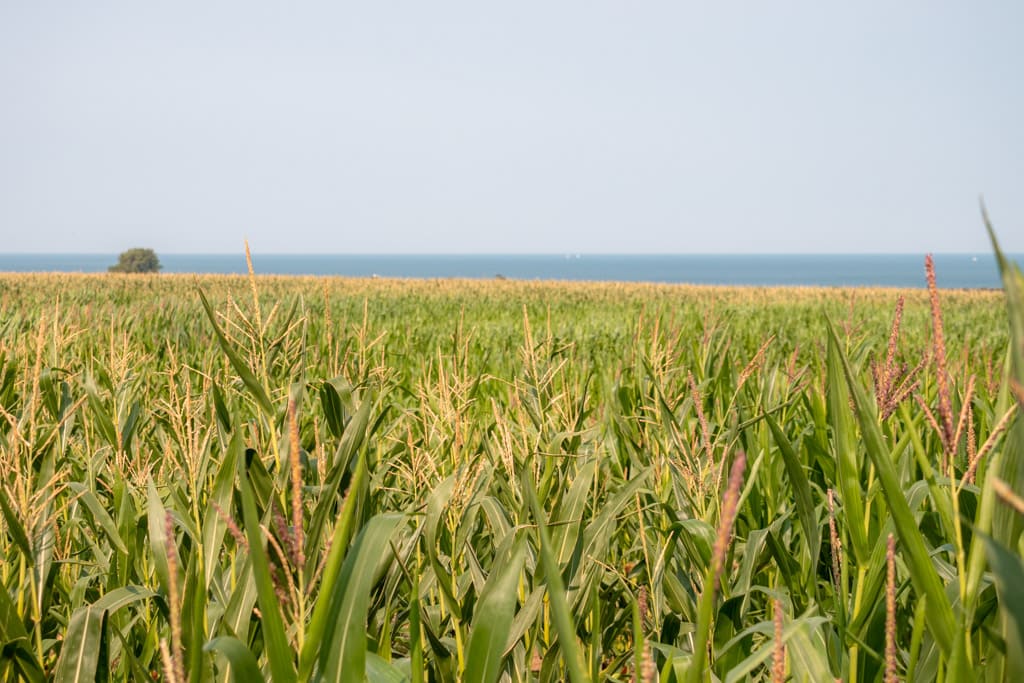
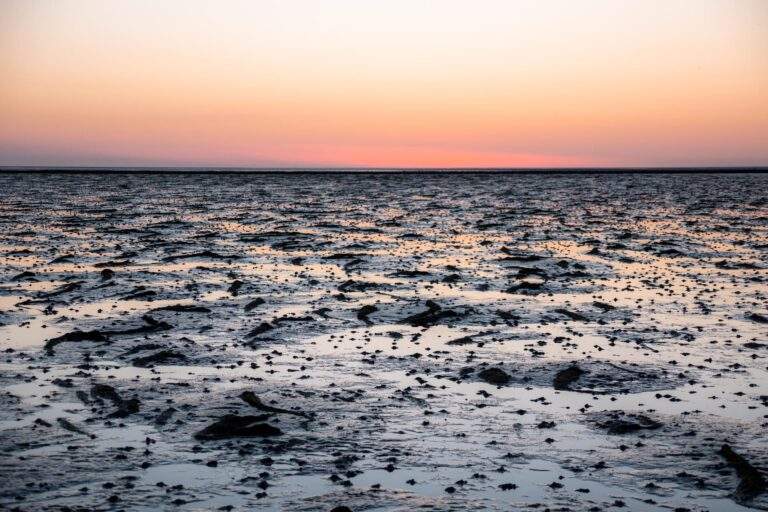
What to bring to the Mecklenburg Baltic Coast
- Travel insurance (adlink). Never travel without it!
- A good camera – here’s a guide to the gear we use.
- Sunscreen (adlink). Especially if you visit Mecklenburg-Vorpommern in the summer. We recommend that you use an organic, vegan sunscreen without oxybenzone and other harmful chemicals.
- Hiking shoes, sneakers, sandals or other shoes you can walk in comfortably.
- Swimwear and a towel if you plan to swim (or are staying at a hotel with a spa or pool area).
- A refillable water bottle and snacks. You can drink the tap water in Germany.
- Cash for parking and other small purchases, especially 1 and 2-euro coins. Not all places in Germany accept credit cards.
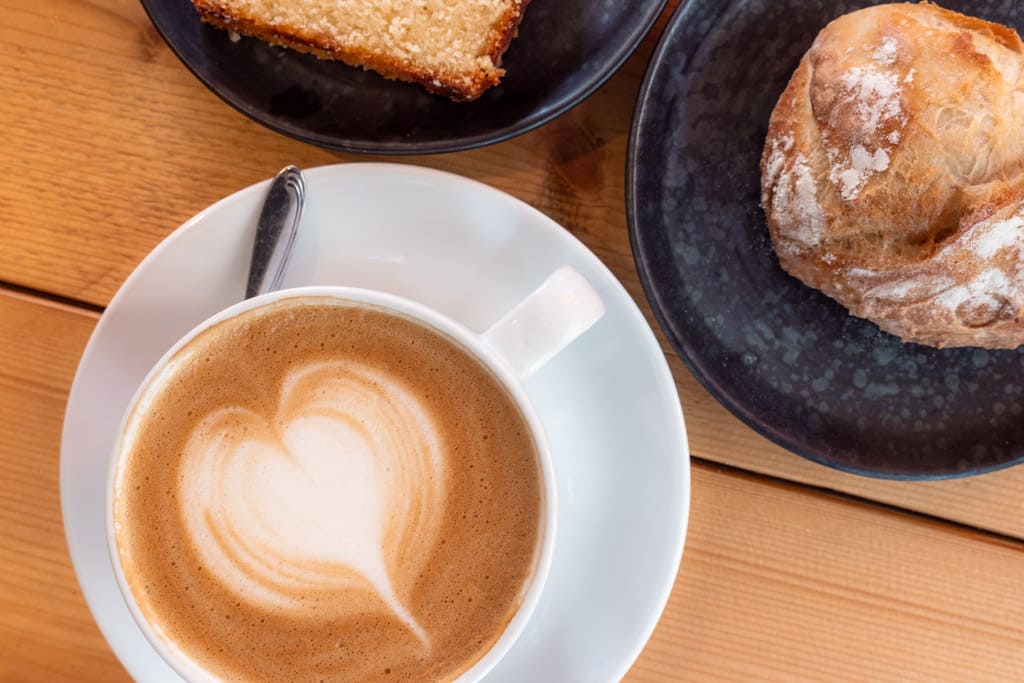
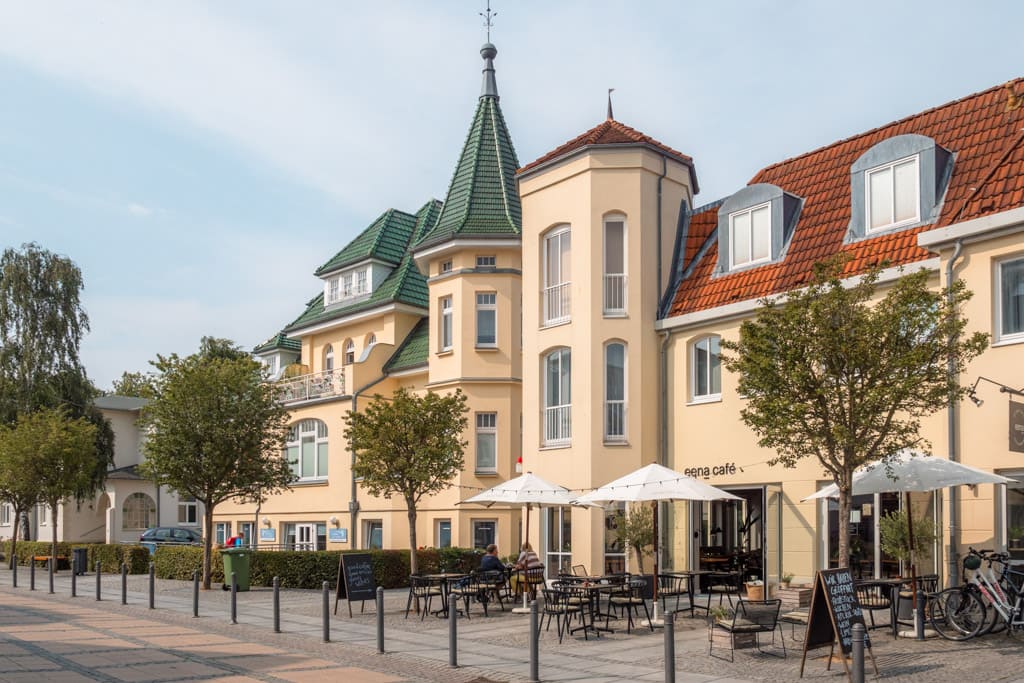
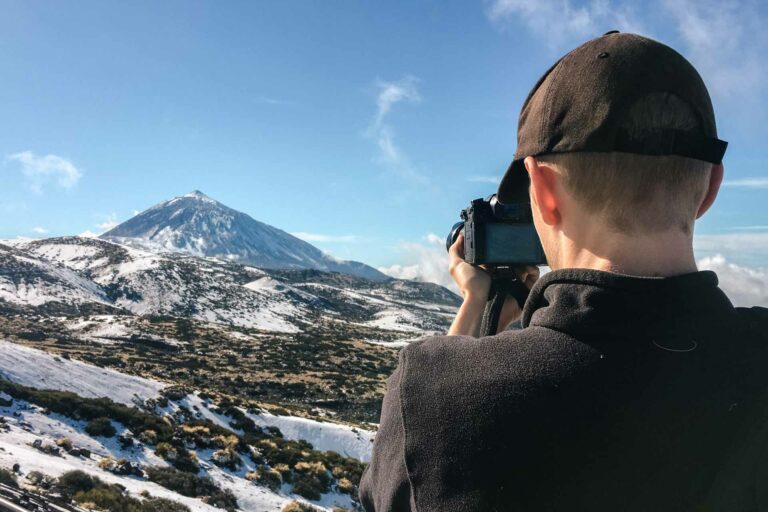
Sustainable travel tips
To minimise your impact during your visit, follow these guidelines:
- Bring your own drinking water in a refillable bottle.
- Avoid single-use plastics.
- Dispose of waste properly.
- Check your sunscreen before going in the water. Many brands contain oxybenzone and other chemicals that are harmful.
- Take only photos, leave only footprints. Let everything stay in its natural place.
- Respect wildlife.
Thanks for reading
Thank you for reading our travel guide to the Mecklenburg Baltic Coast. We hope it has been helpful!
What do you think about the German seaside?
If you’ve been to the Western Mecklenburg Coast, it would be awesome to hear your best tips and tricks.
If you haven’t been yet, please don’t hesitate to ask us anything in the comments below. We’re happy to help.
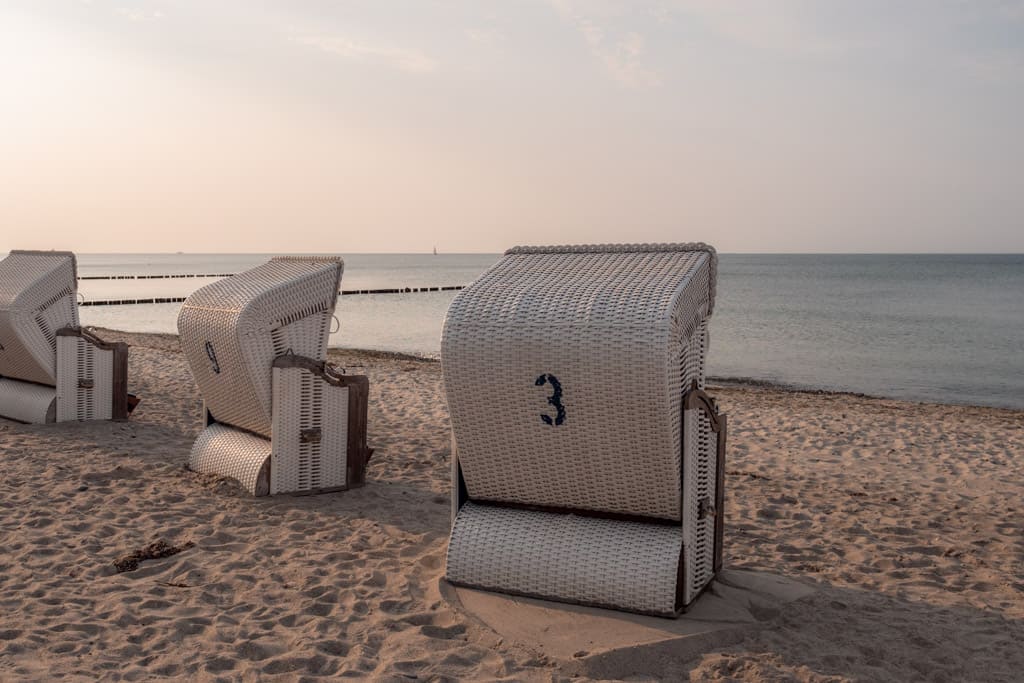
Our favourite travel resources:
- Booking.com for cheap hotels.
- Momondo for the best flight deals.
- SafetyWing for travel insurance. We also like World Nomads and True Traveller. All three compared here.
Our camera gear:
- Panasonic GH5. Used for all of our photos and videos.
- DJI Mavic 2 Pro. Best drone out there!
- Sirui Tripod. Lightweight and strong.
- See all of our camera gear here.



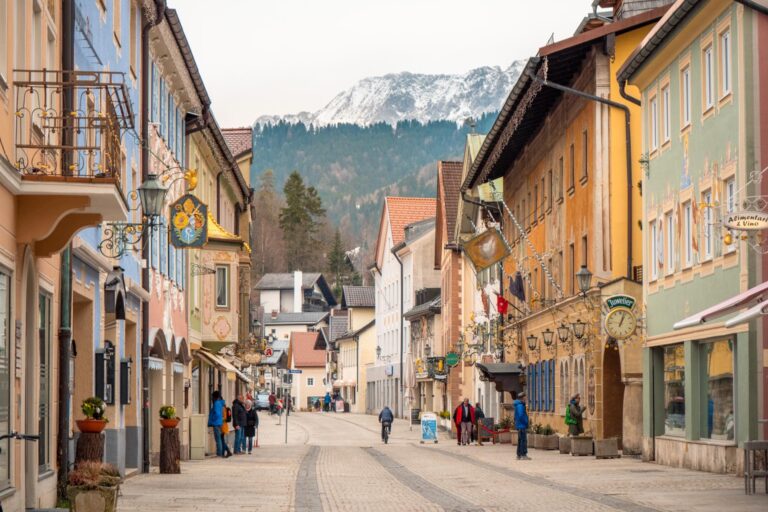
 Book cheap hotels
Book cheap hotels  Find the best flight deals
Find the best flight deals  Nomad insurance
Nomad insurance  Our Camera Gear
Our Camera Gear Our Packing List
Our Packing List